|
This week we experimented with objects that float in the air and water. Airplanes are winged aircraft that are propelled by engines. A pilot sits in the cockpit and is in charge of flying and operating the plane.
Hot air balloons float in the sky and people stand in the wicker basket. Tugboats are small but strong vessels that help bigger ships in and out of ports. They push and pull other ships. Canoes are lightweight boats with two pointed ends. Modern canoes are usually made from plastic or fiberglass, but years ago, they were made from birch park. People use paddles to move canoes. We take different types of transportation depending on the distance and terrain. As we explore vehicles that travel on land, children gain knowledge that will help them make safe and responsible decision in their daily life. These important life lessons can include how to wear a helmet, buckle a safety belt, or look both ways before crossing a street. This week we learned about different ways to get around on land.
A car has four wheels and an engine. Some cars do not use gasoline; instead they are electric or solar-powered. When we ride in a car, we should wear seat belts to keep us safe. Trucks are sometimes used for transporting heavy items. There are many types of trucks, such as pick up trucks, semi trucks and dump trucks. We talked about bikes; they are usually powered by pedaling but some bikes have a motor. They can have one wheel (unicycle), two wheels (bicycle) or three wheels (tricycle)! People can get to places by walking, which is also a way to exercise and keep healthy. People sometimes use animals to get from one place to another. The horse is the most commonly ridden animal worldwide. Camels, donkeys and elephants are other animals people use for transportation. |
Archives
May 2024
Categories |
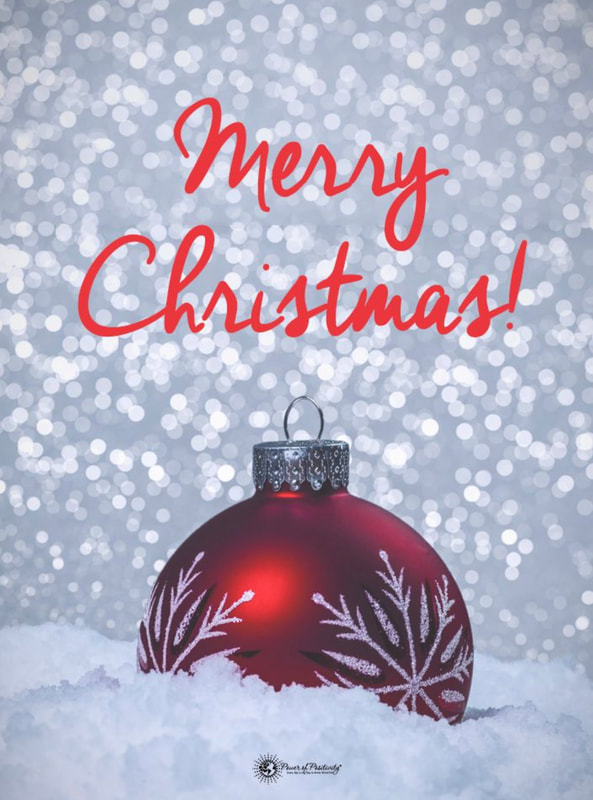
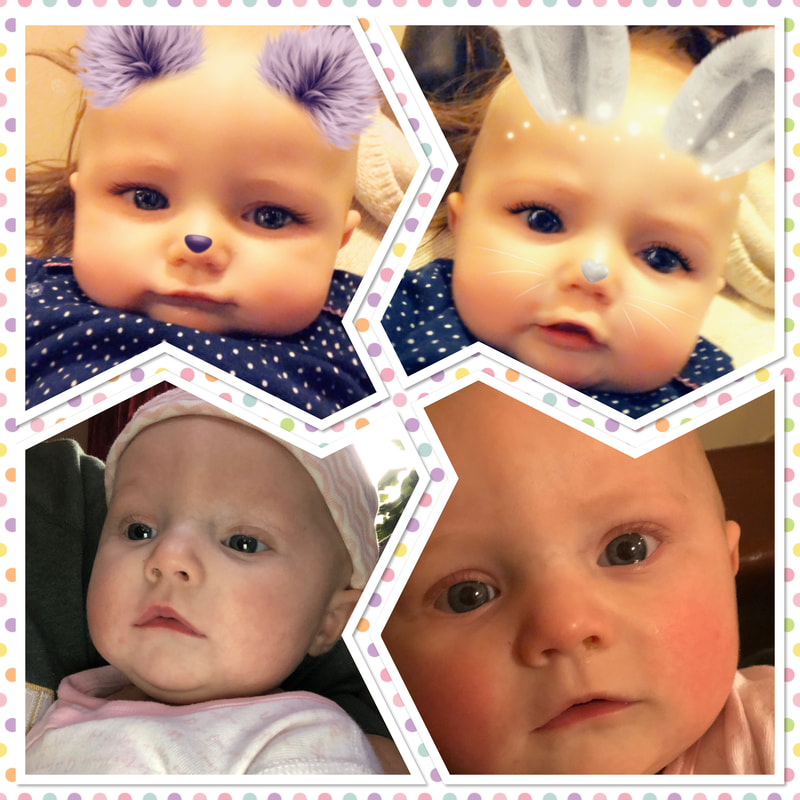
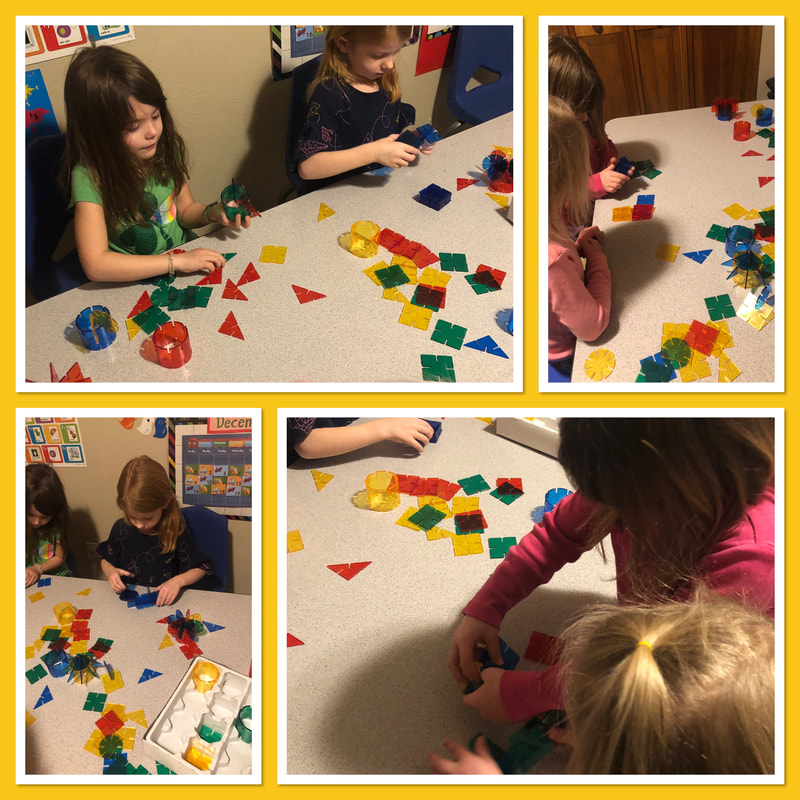
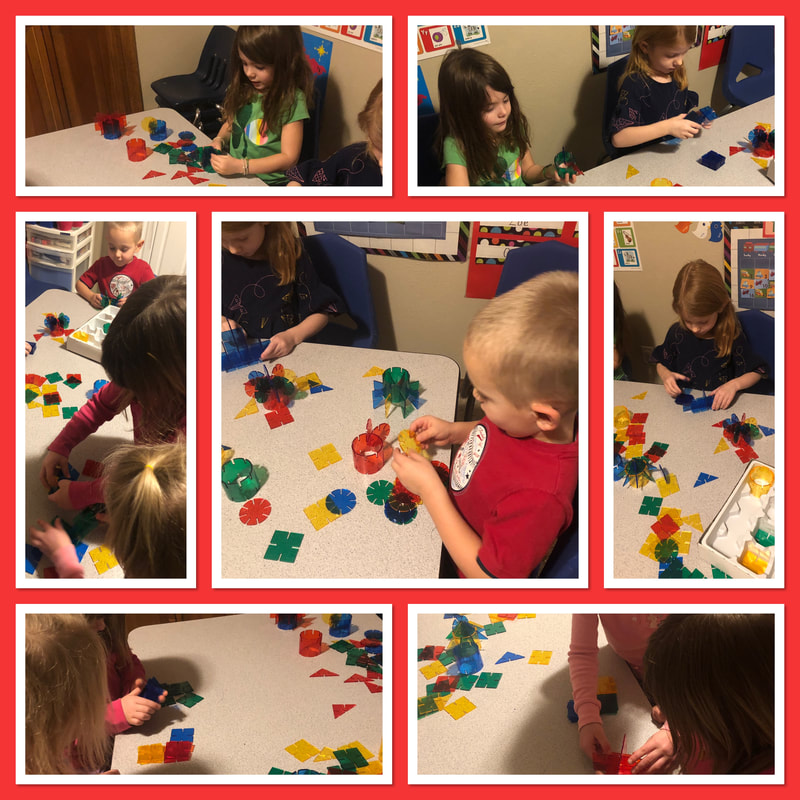
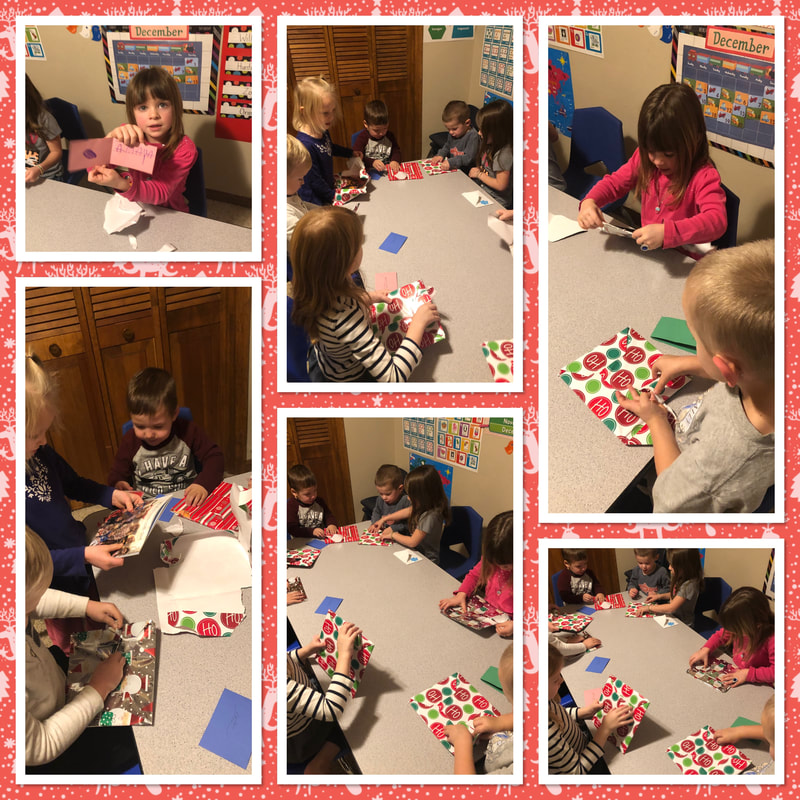
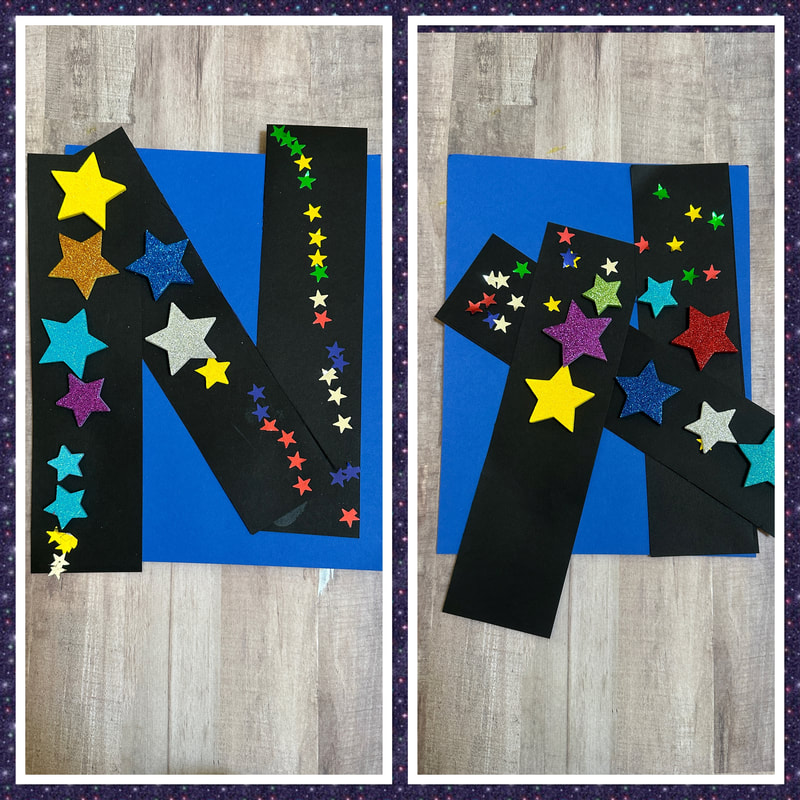
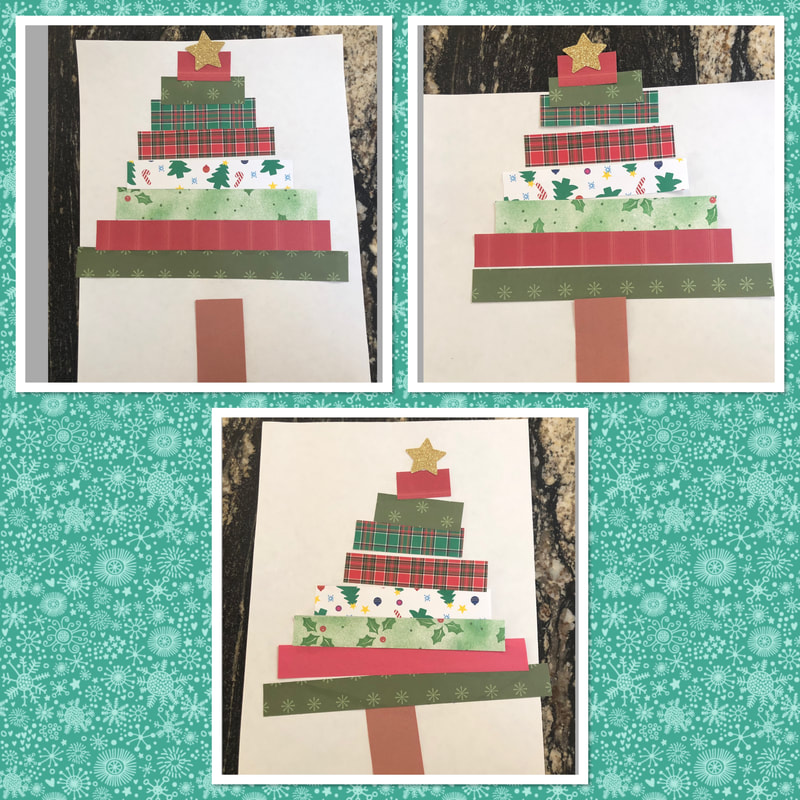
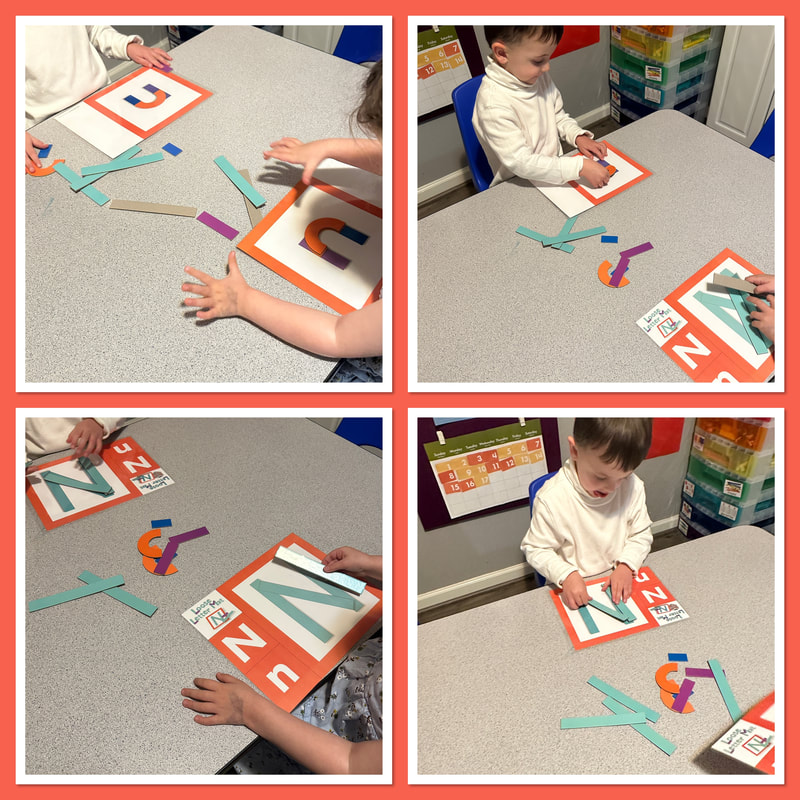
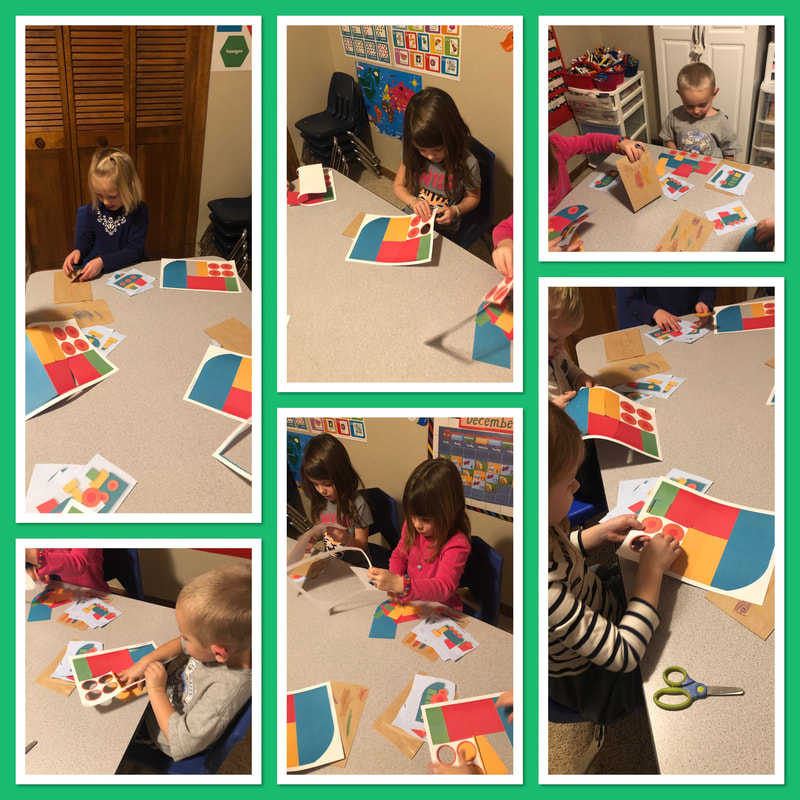
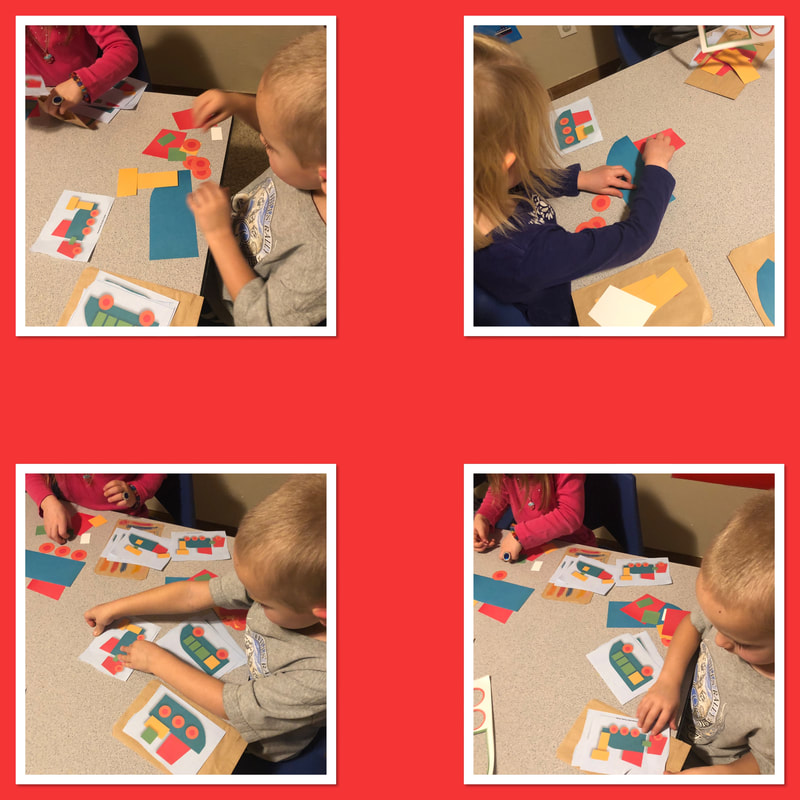
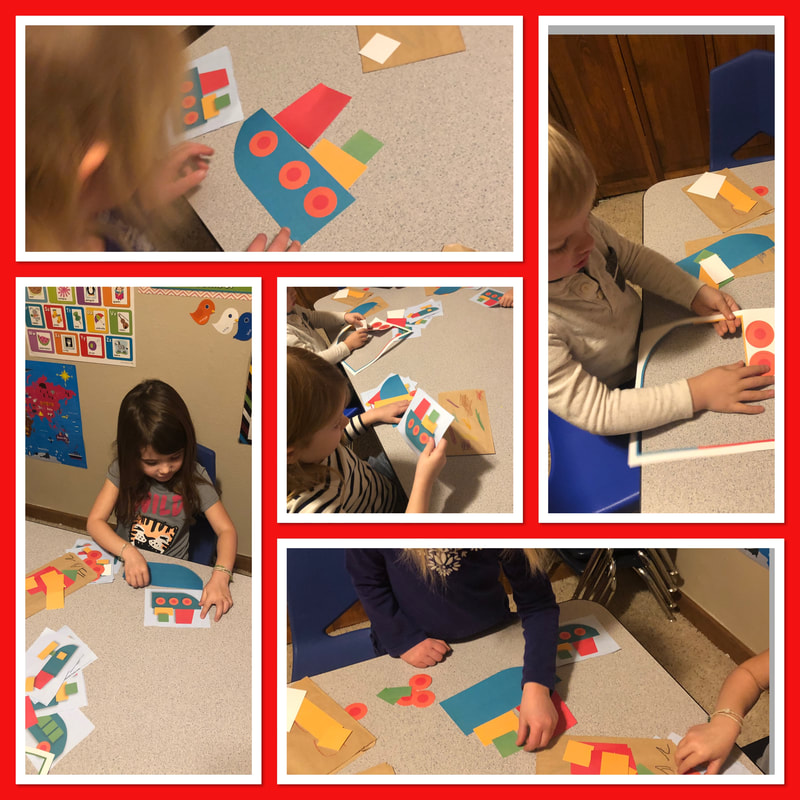
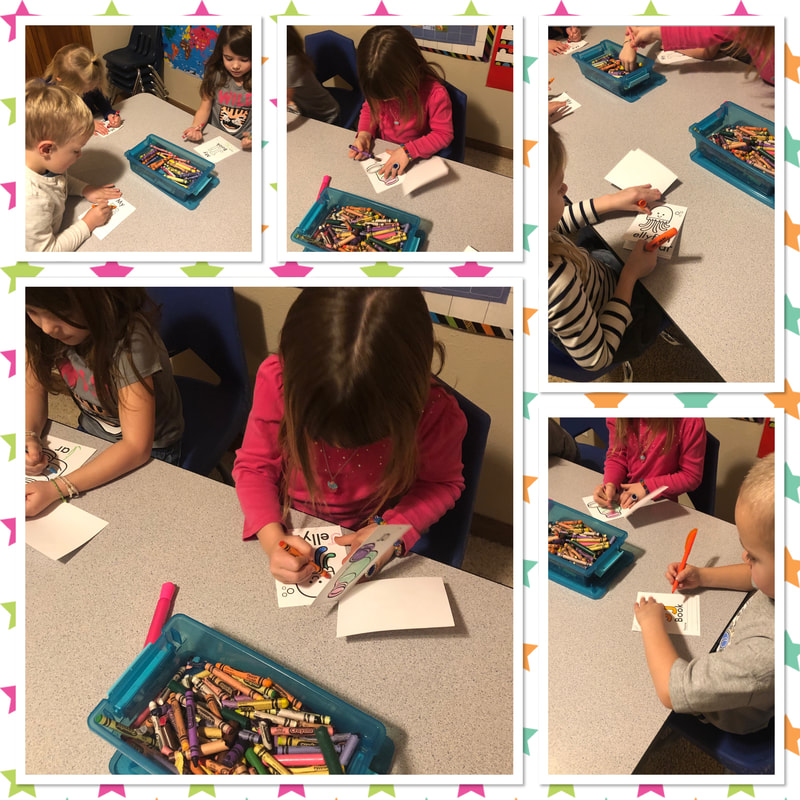
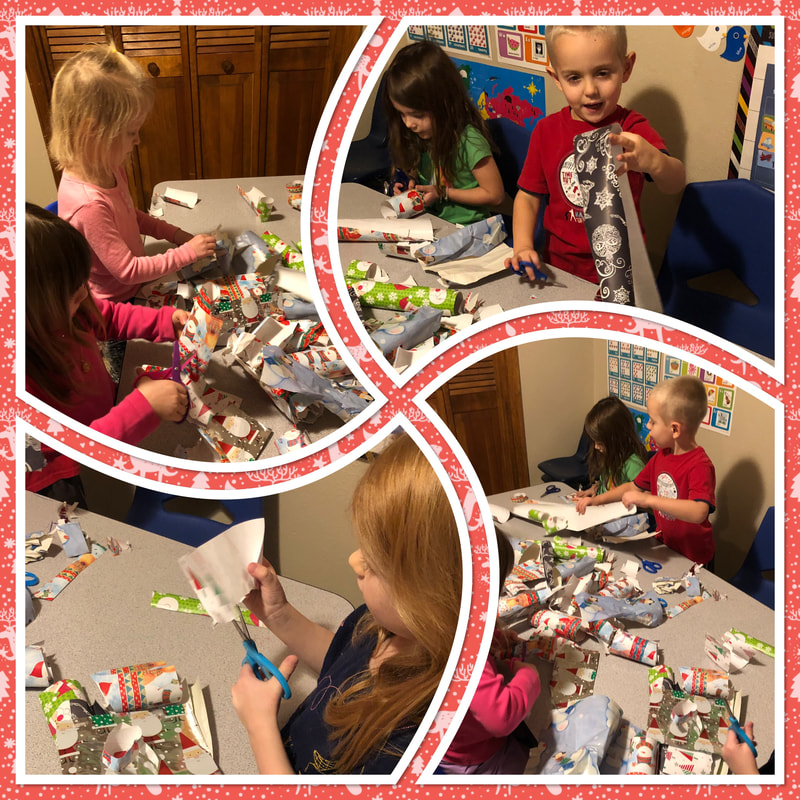
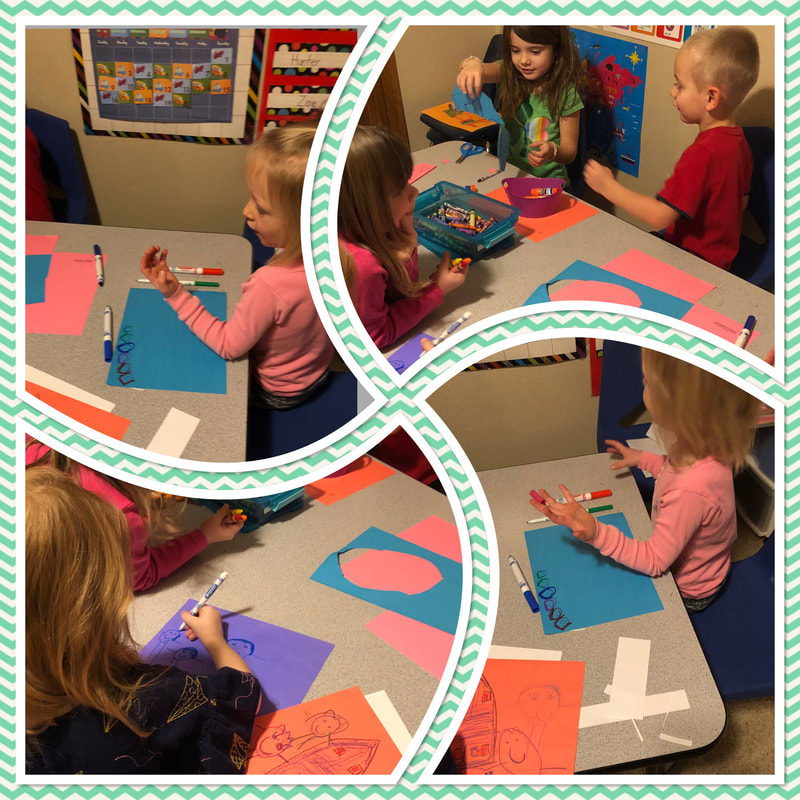
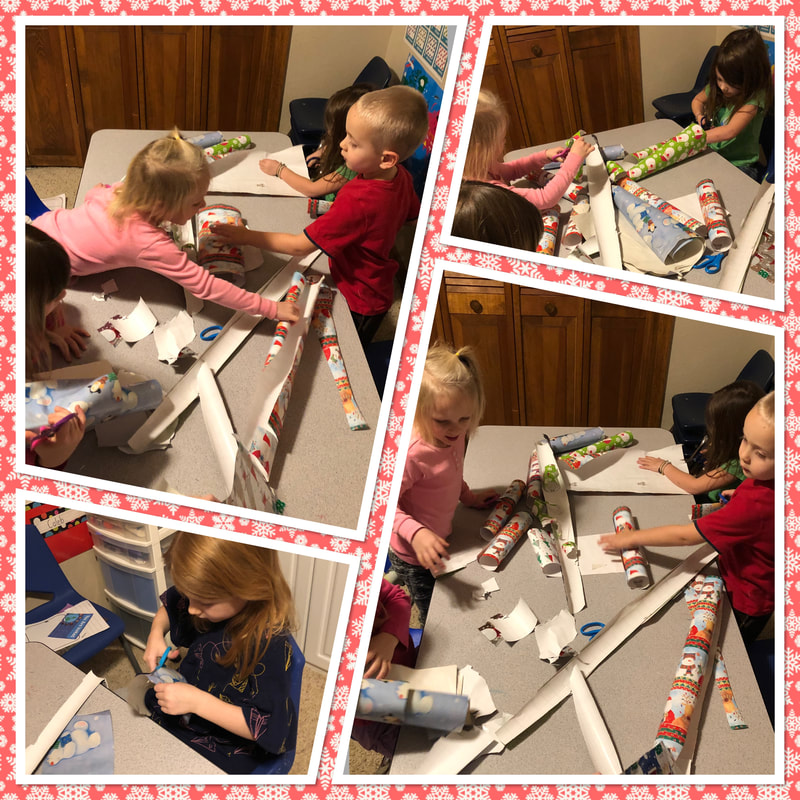
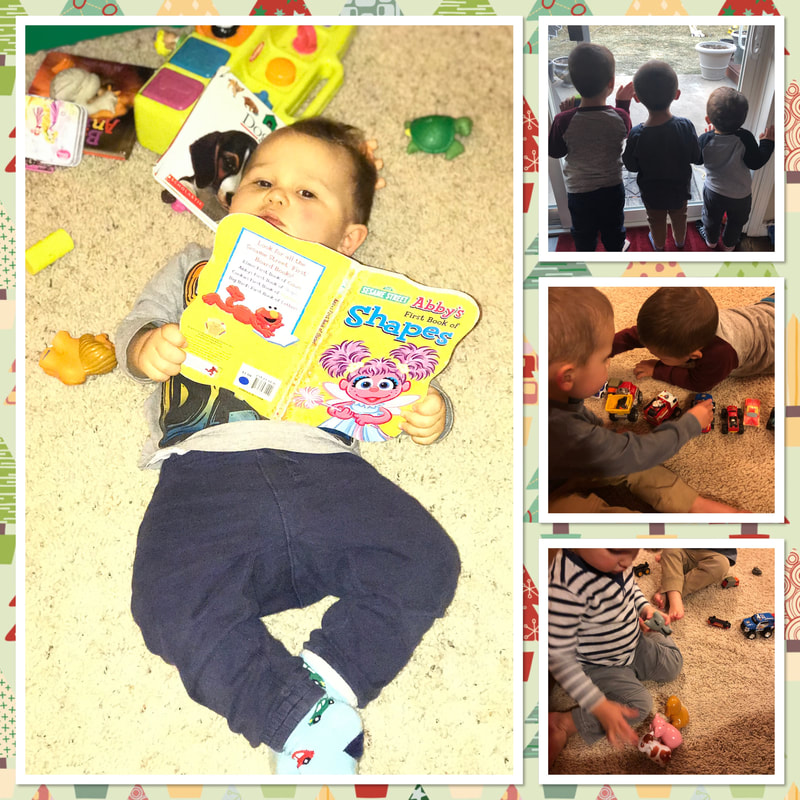
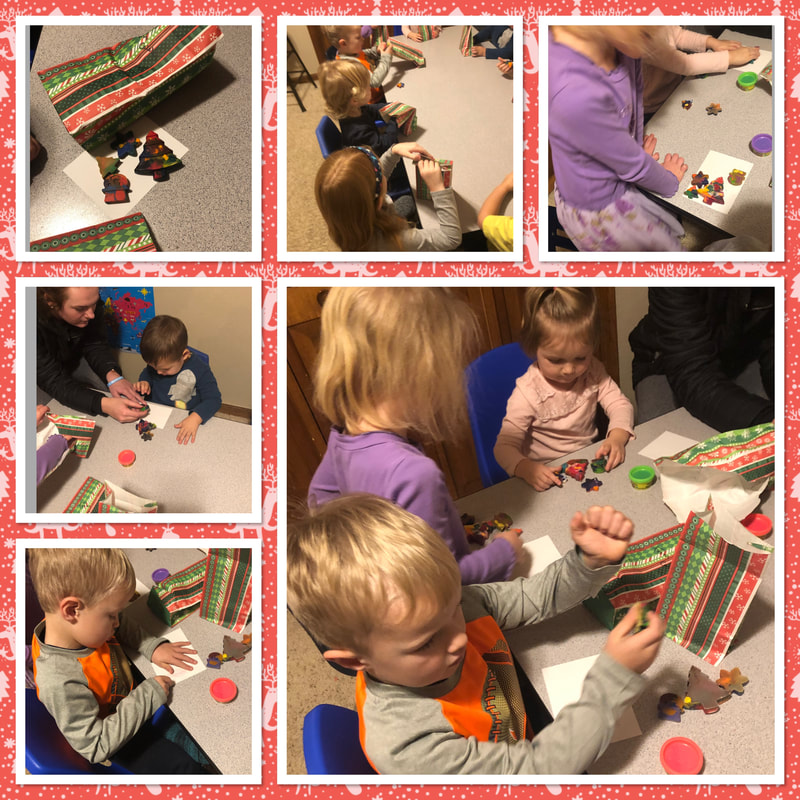
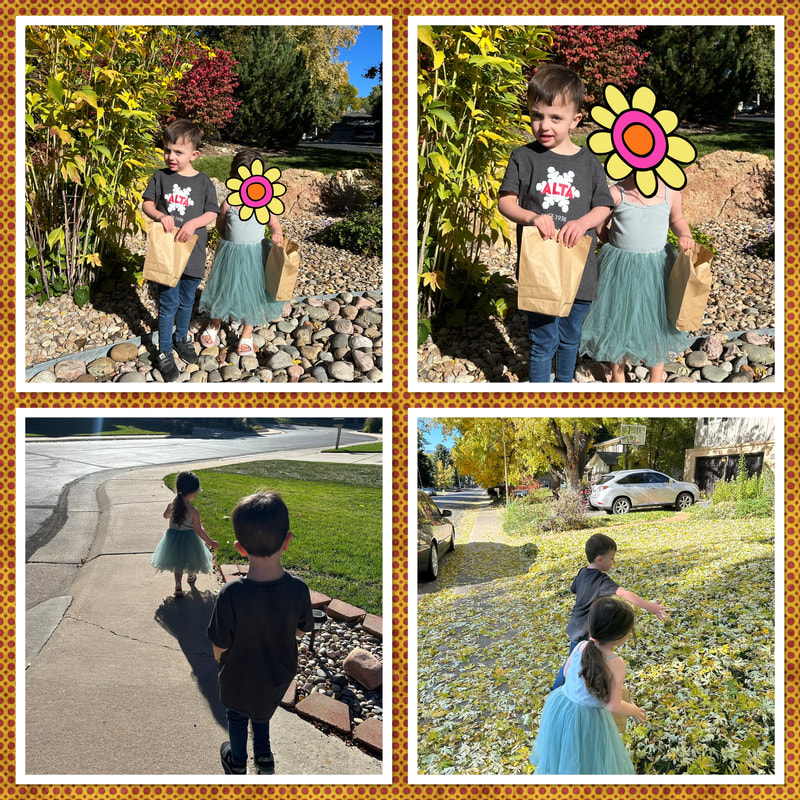
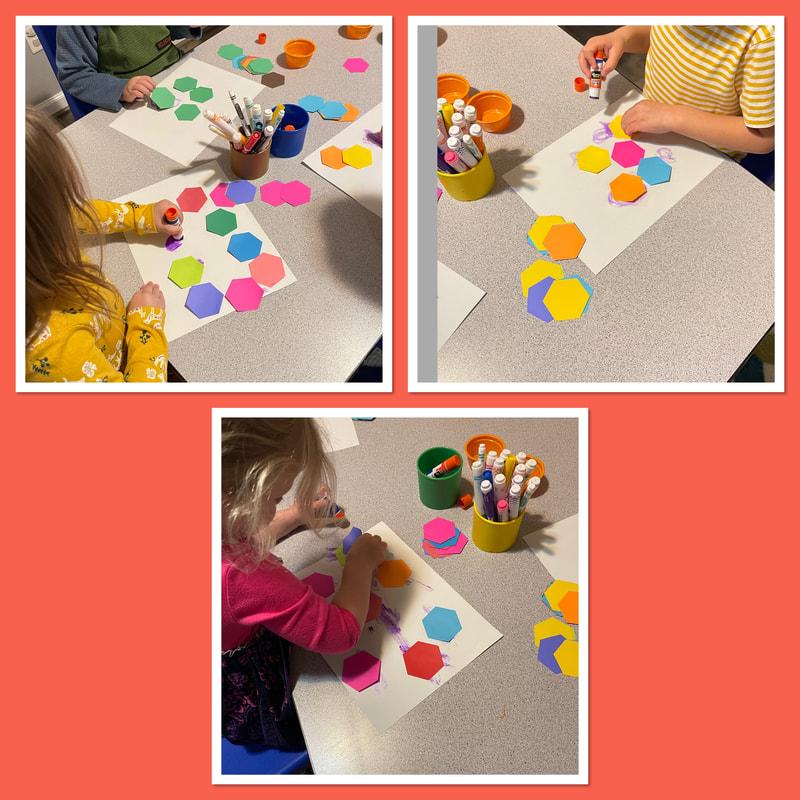
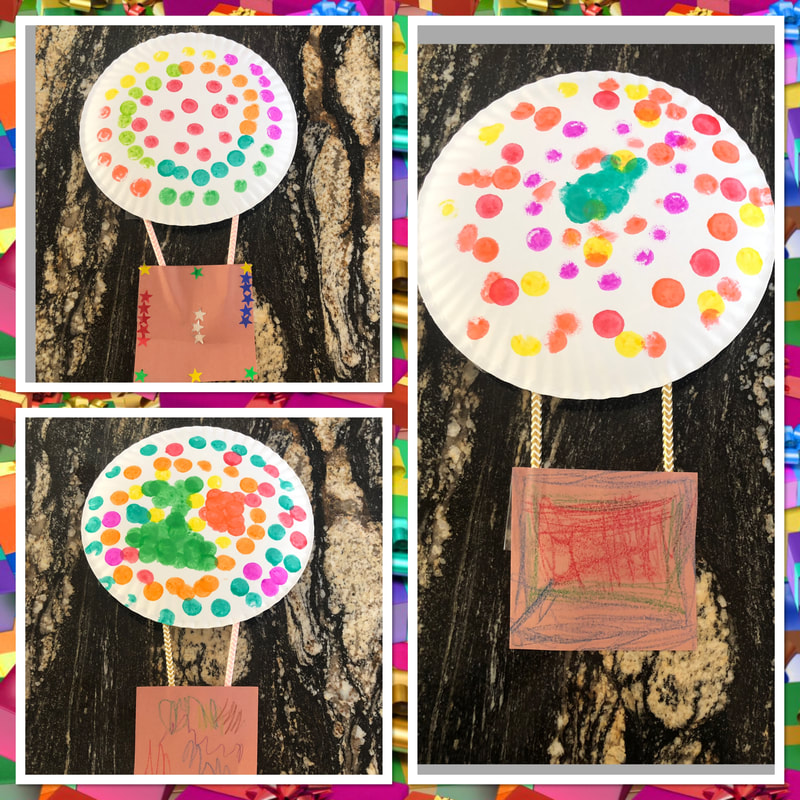
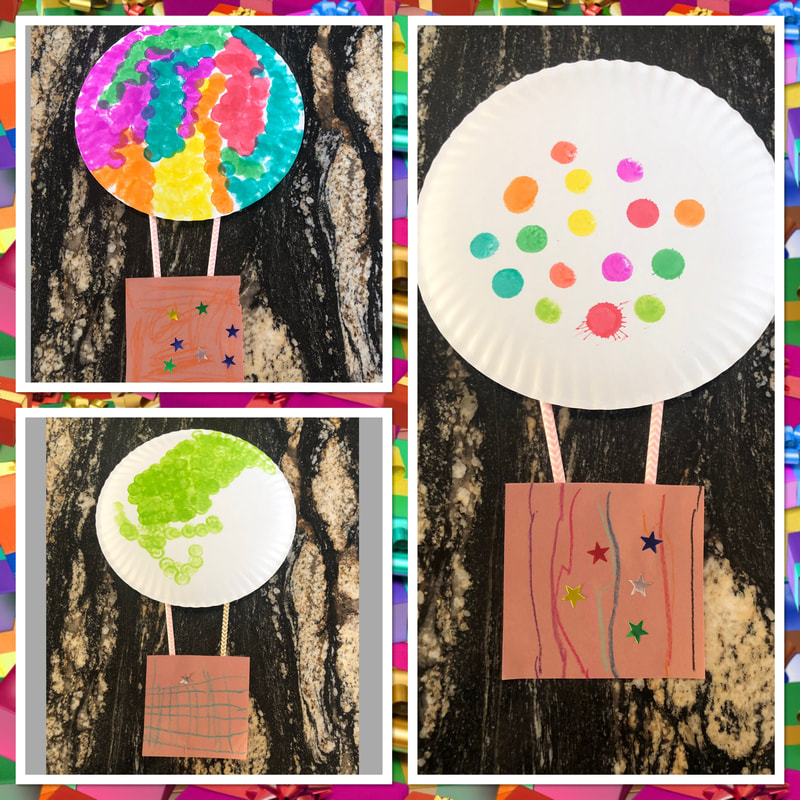
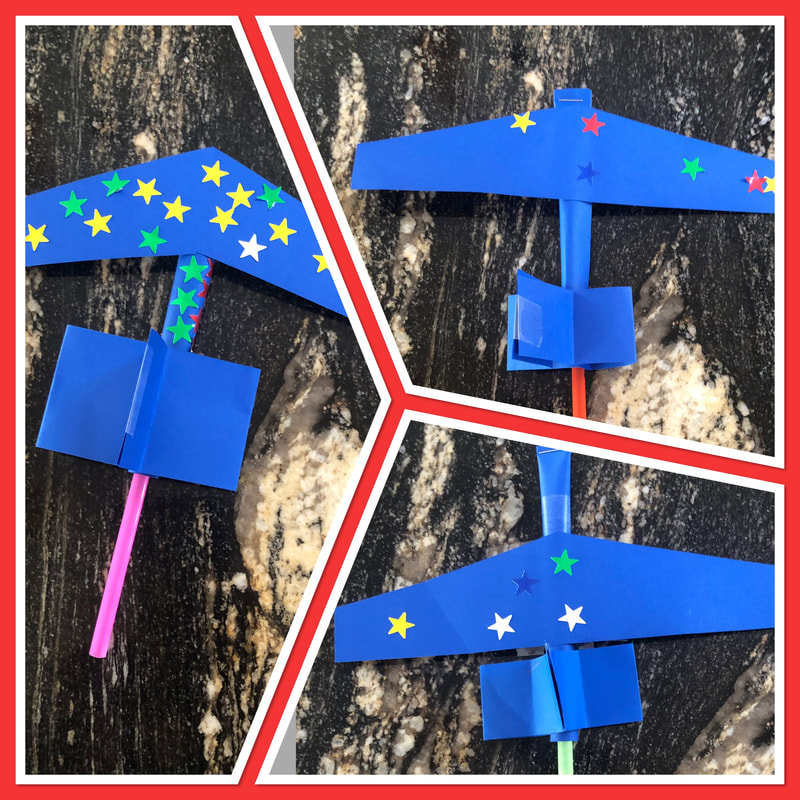
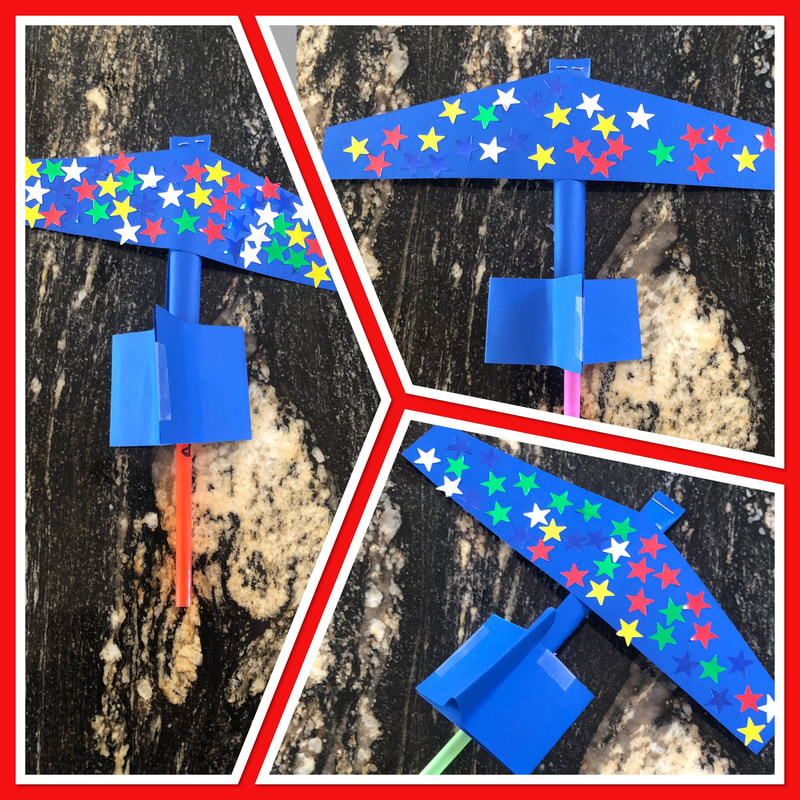
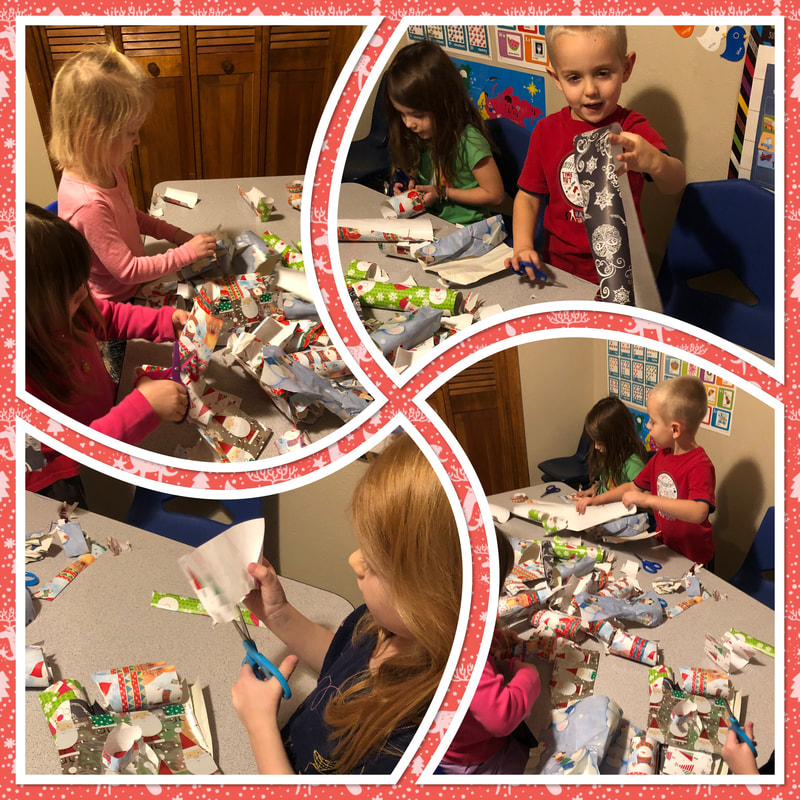
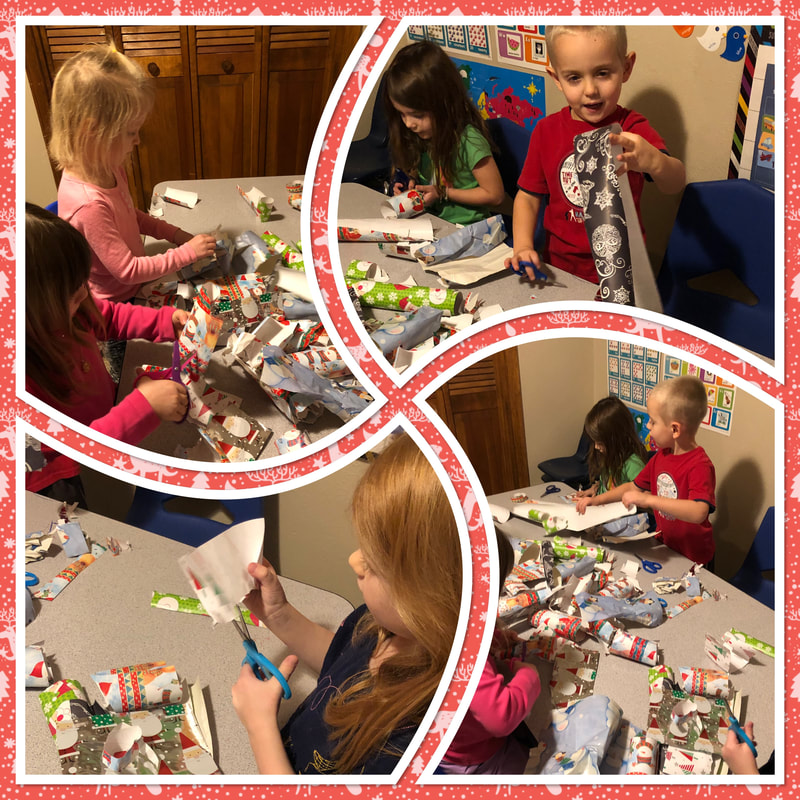
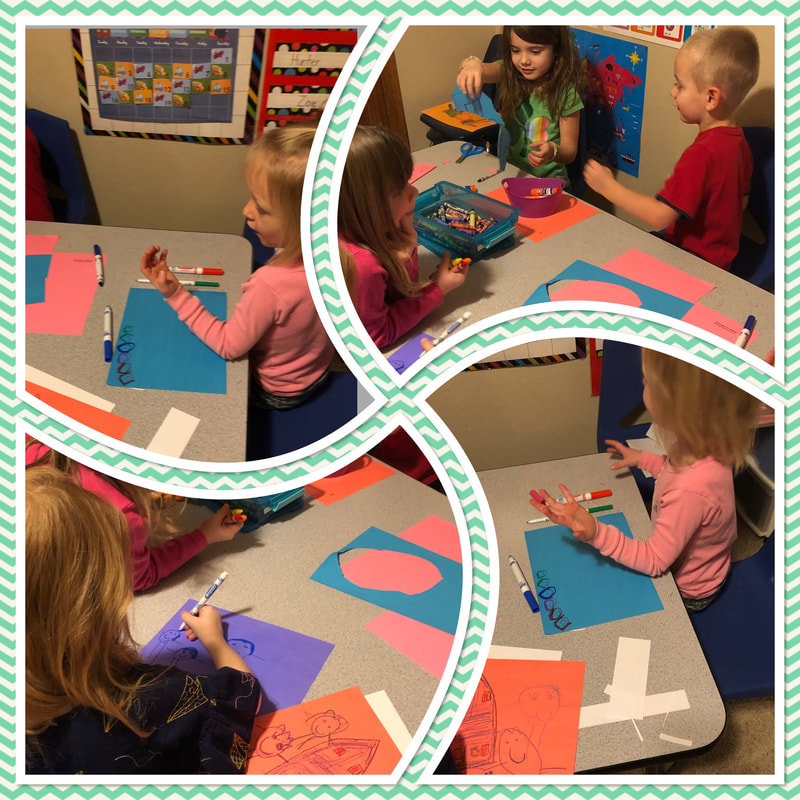
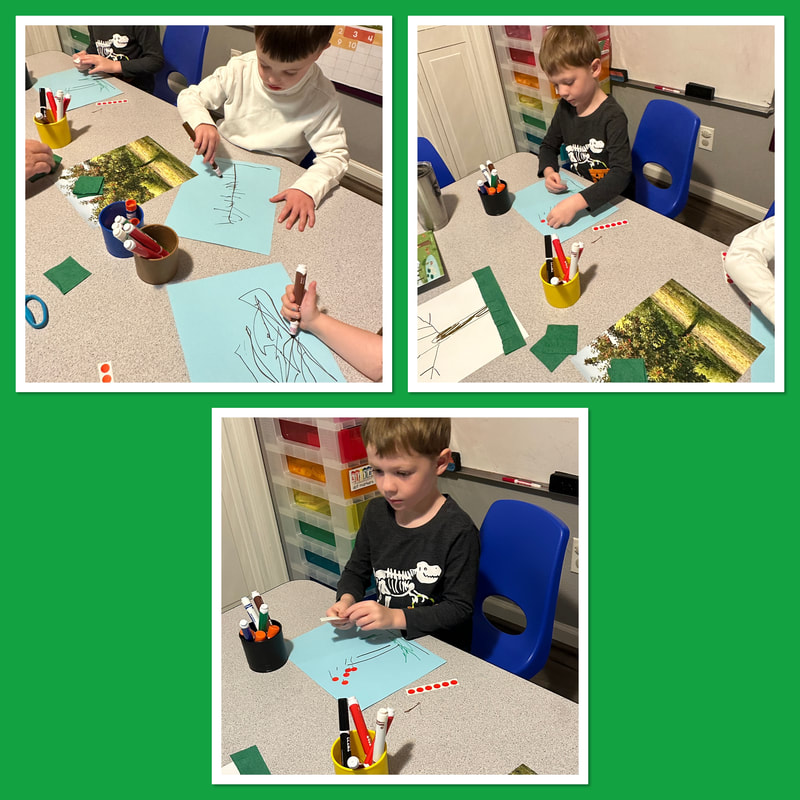
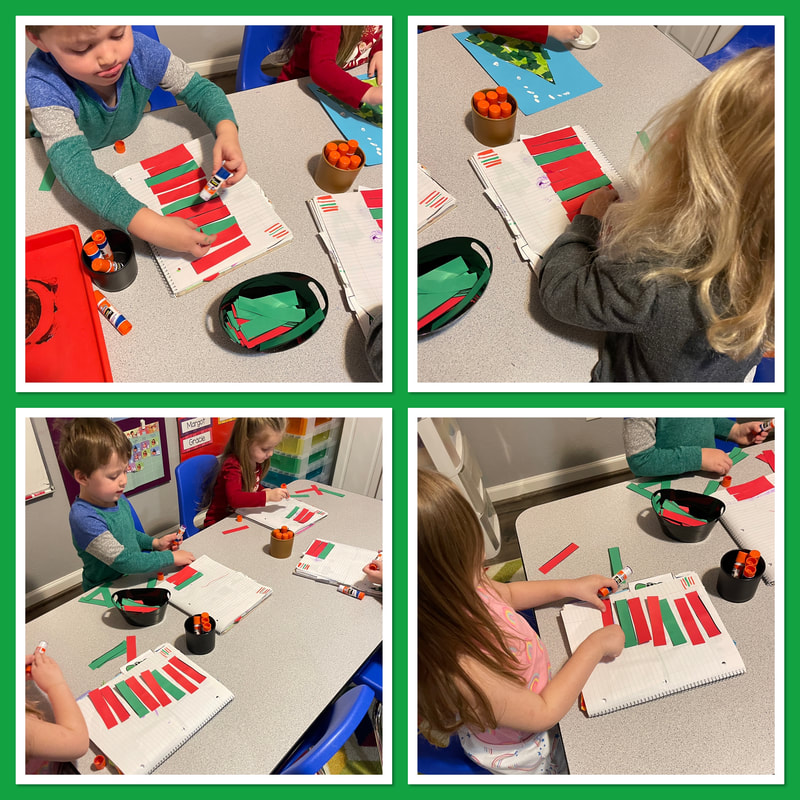
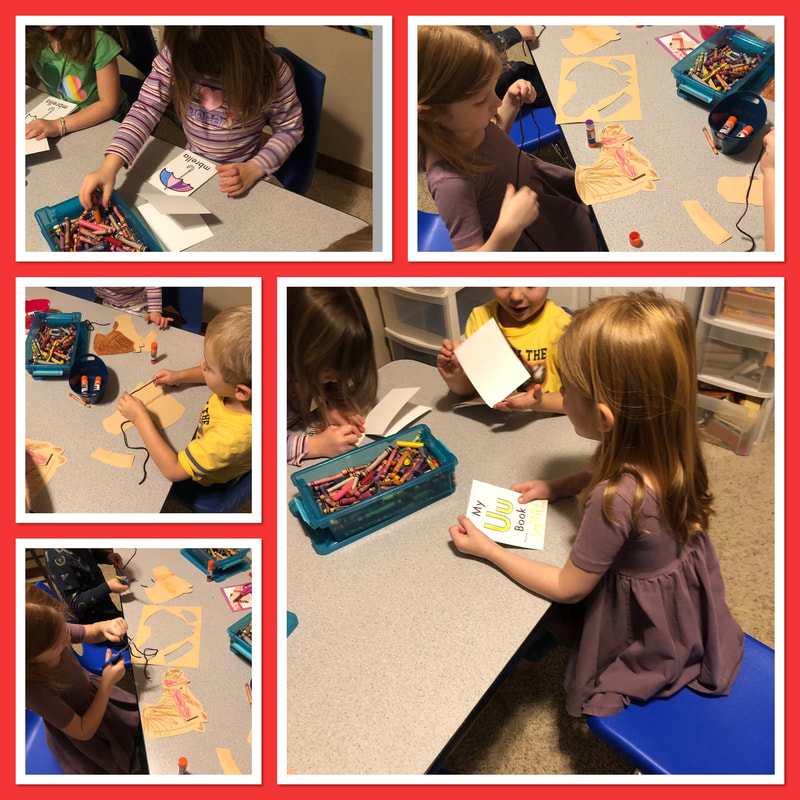
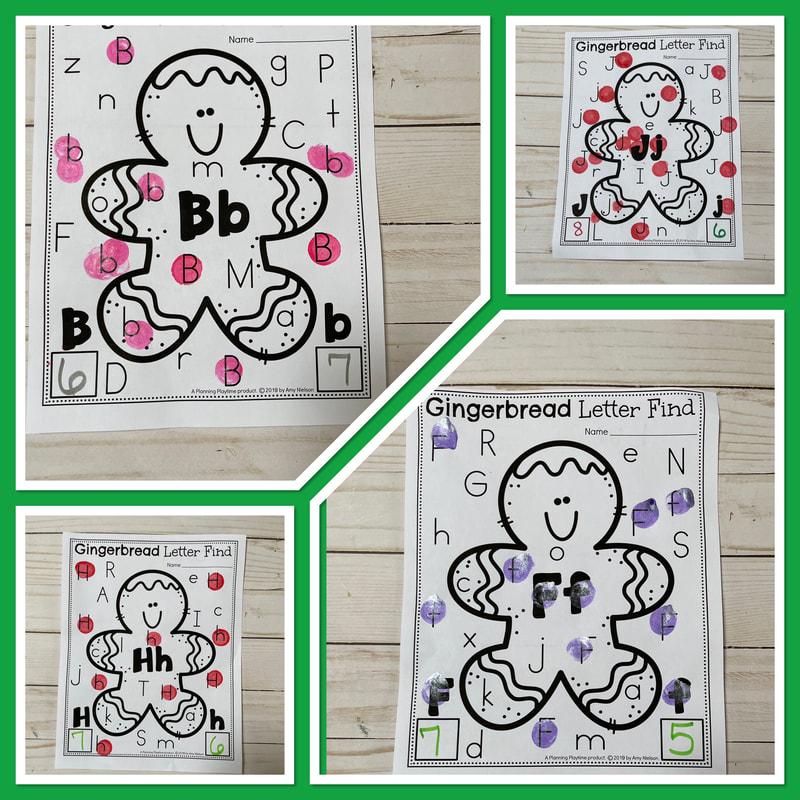
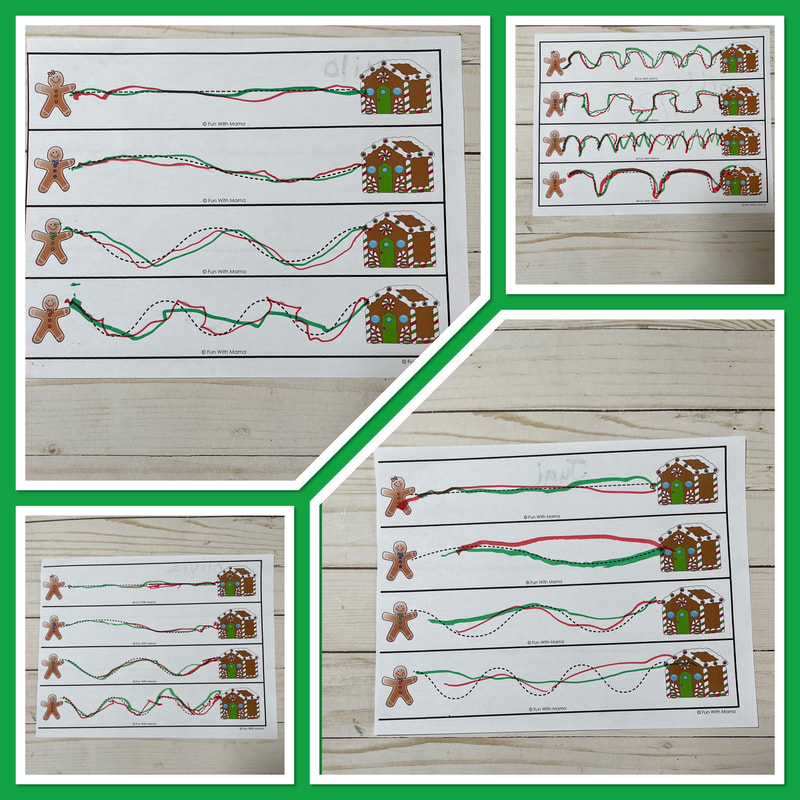
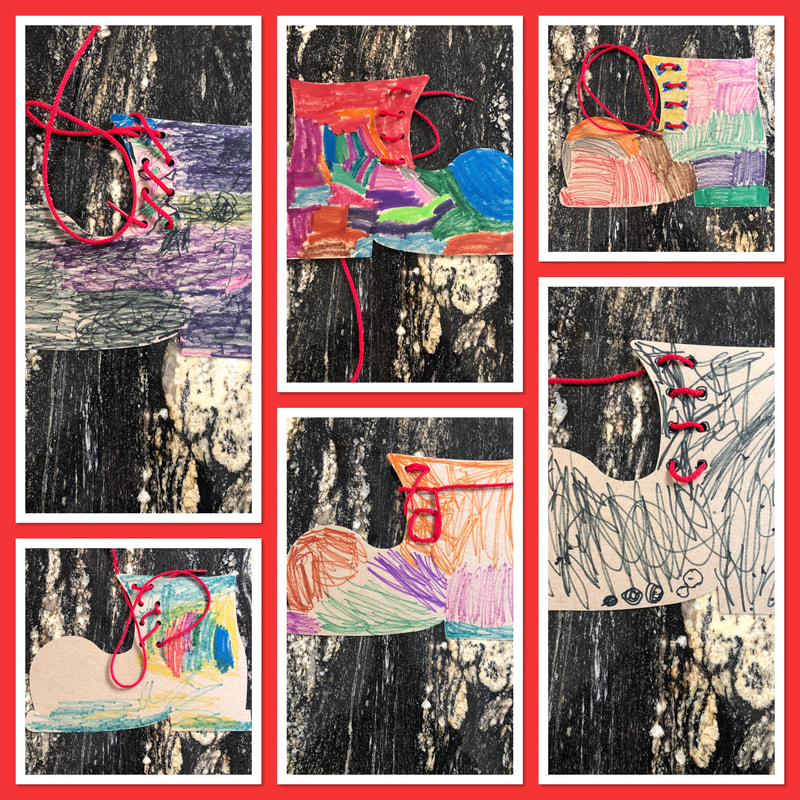
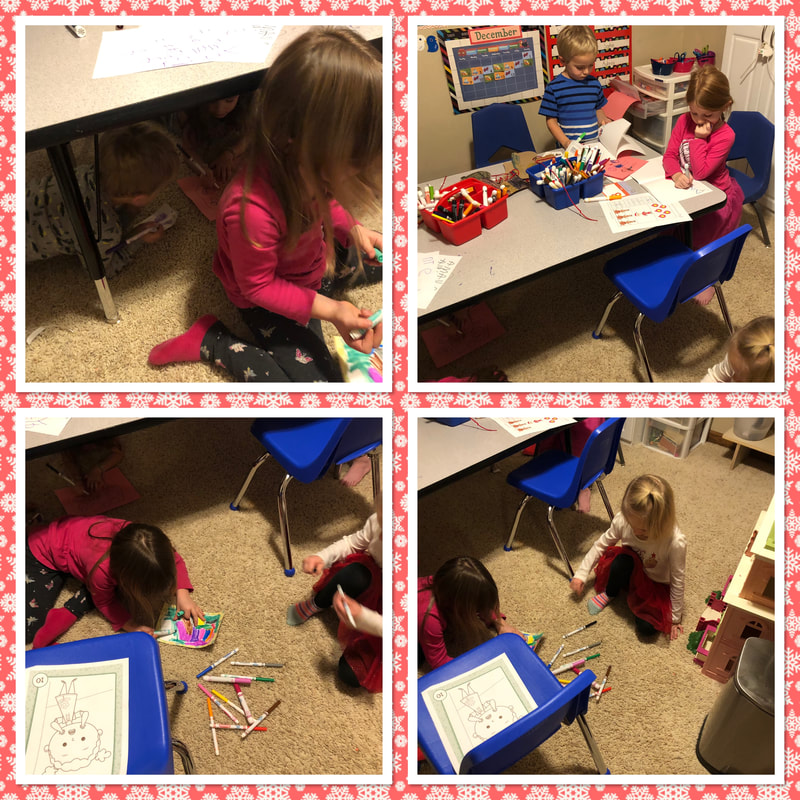
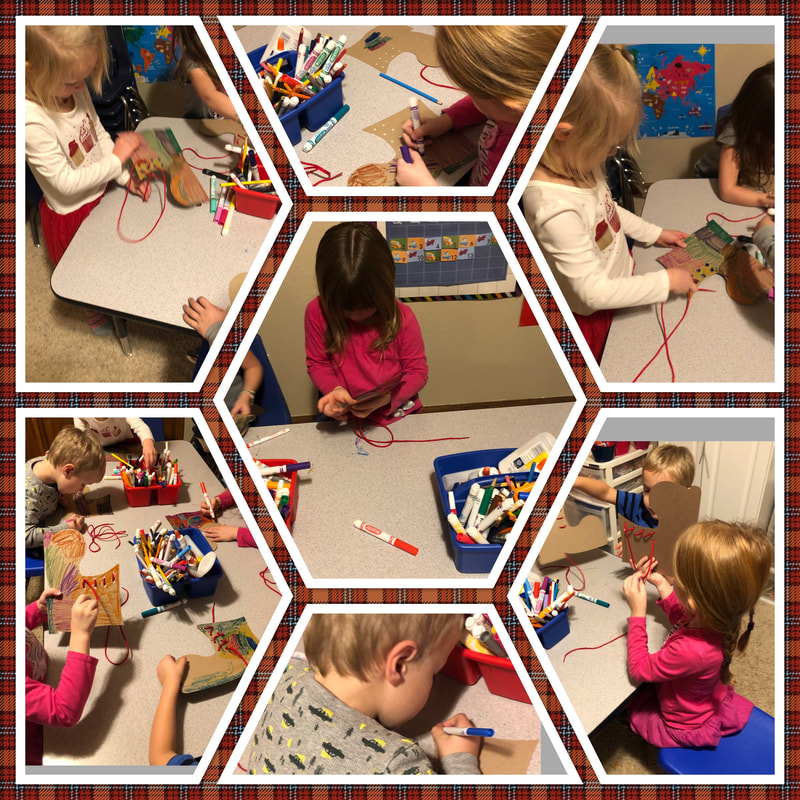
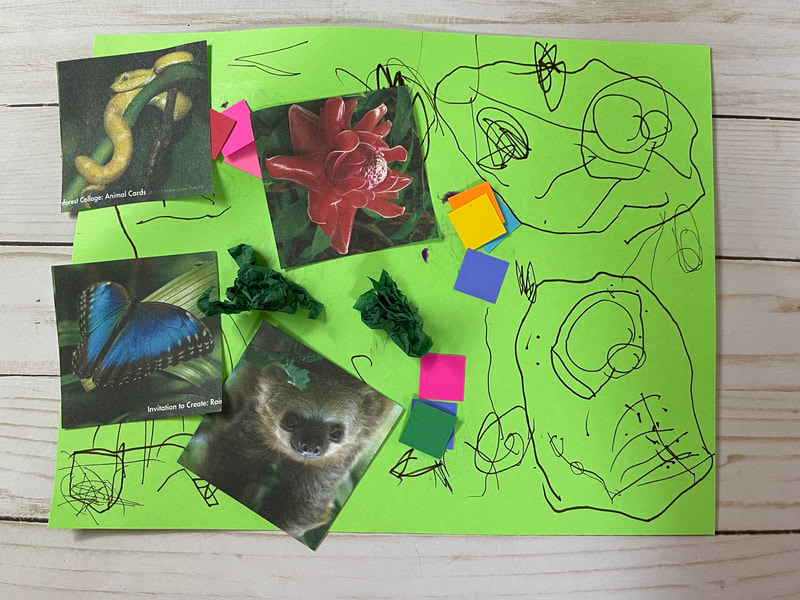
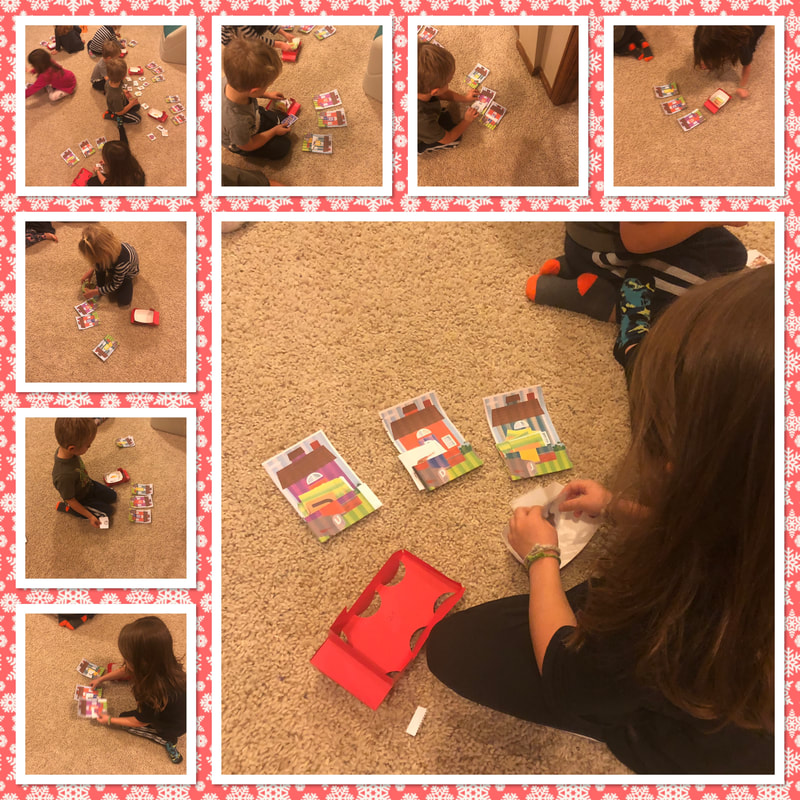
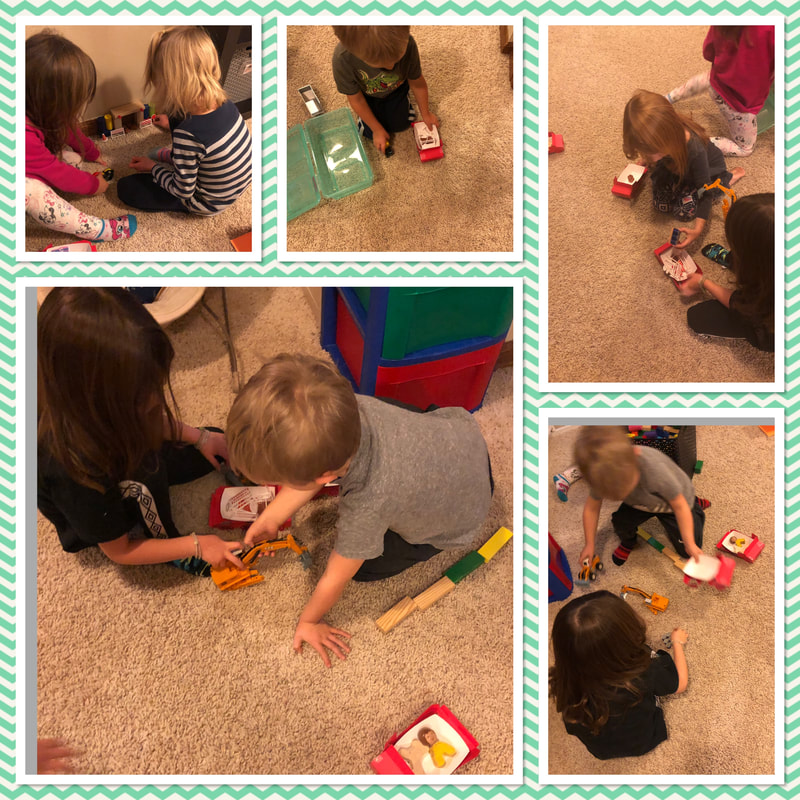
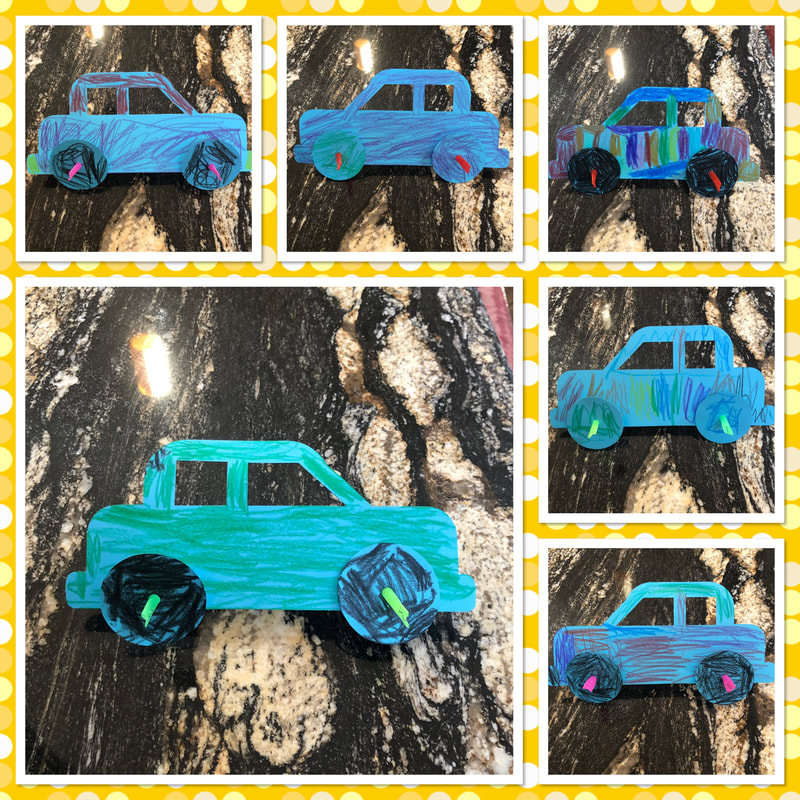
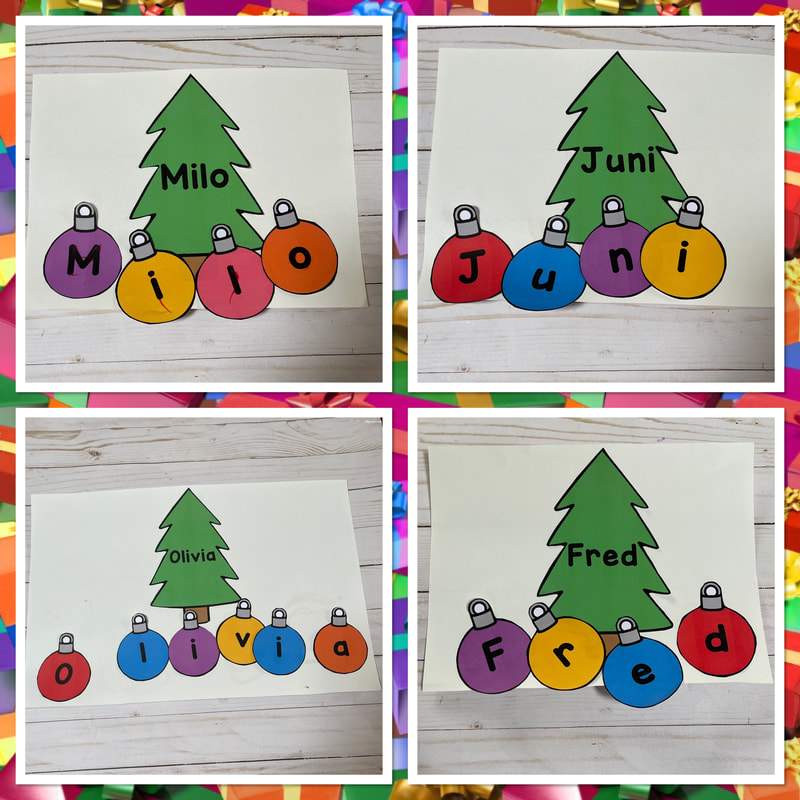
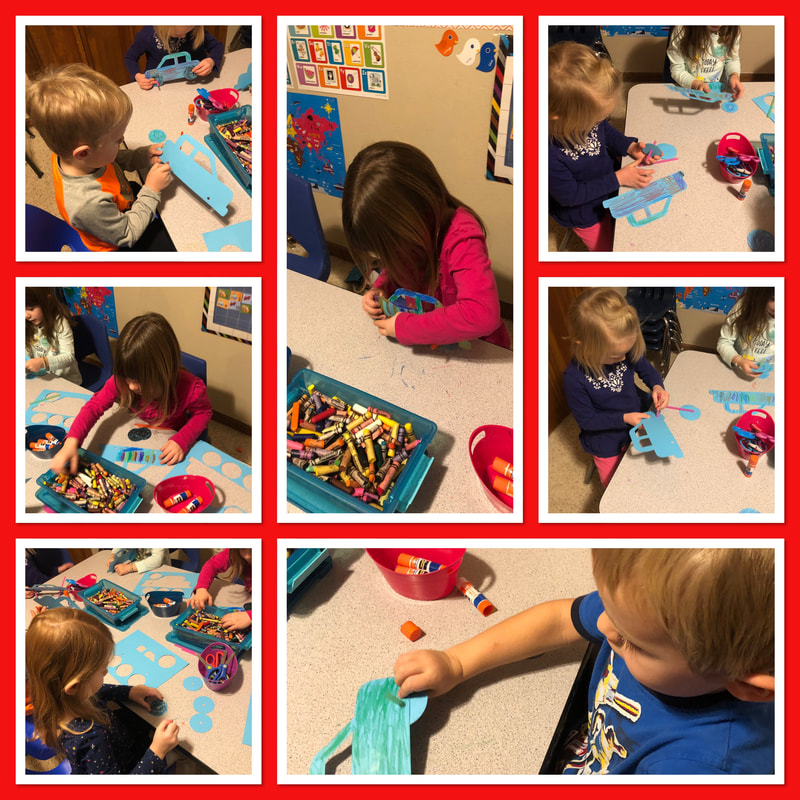
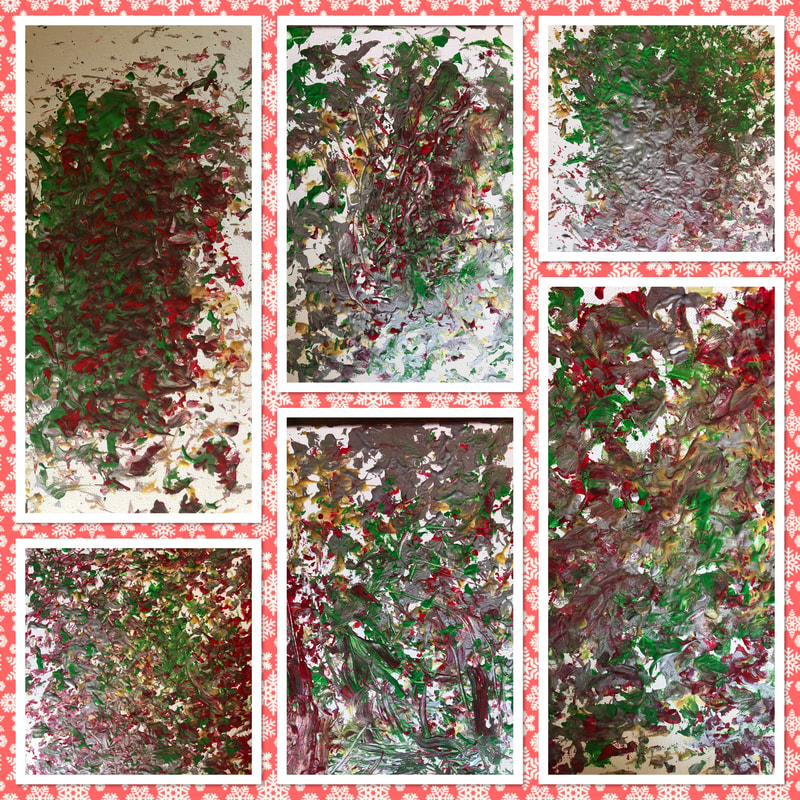
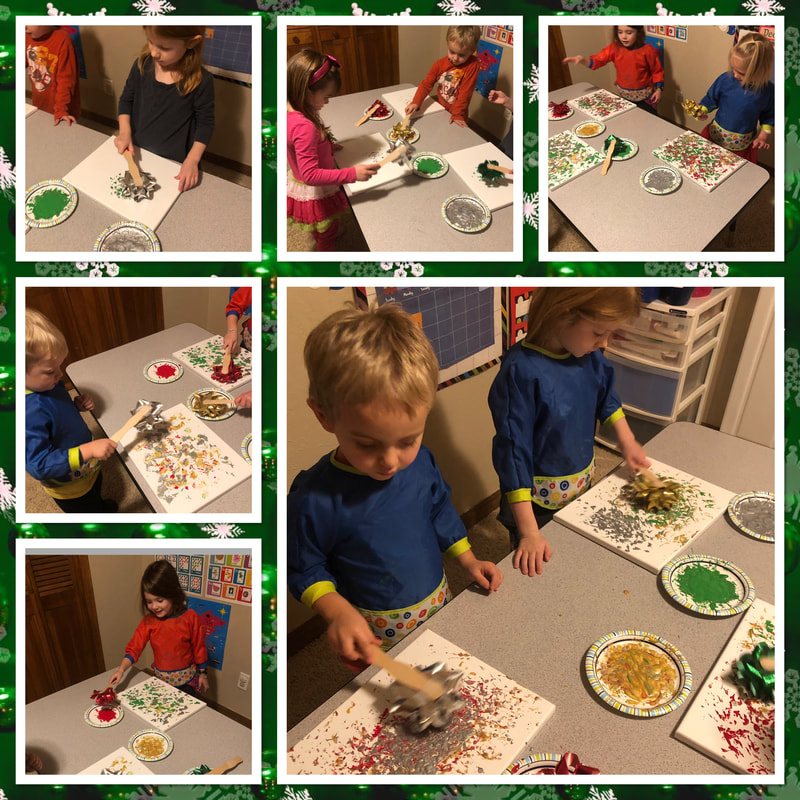
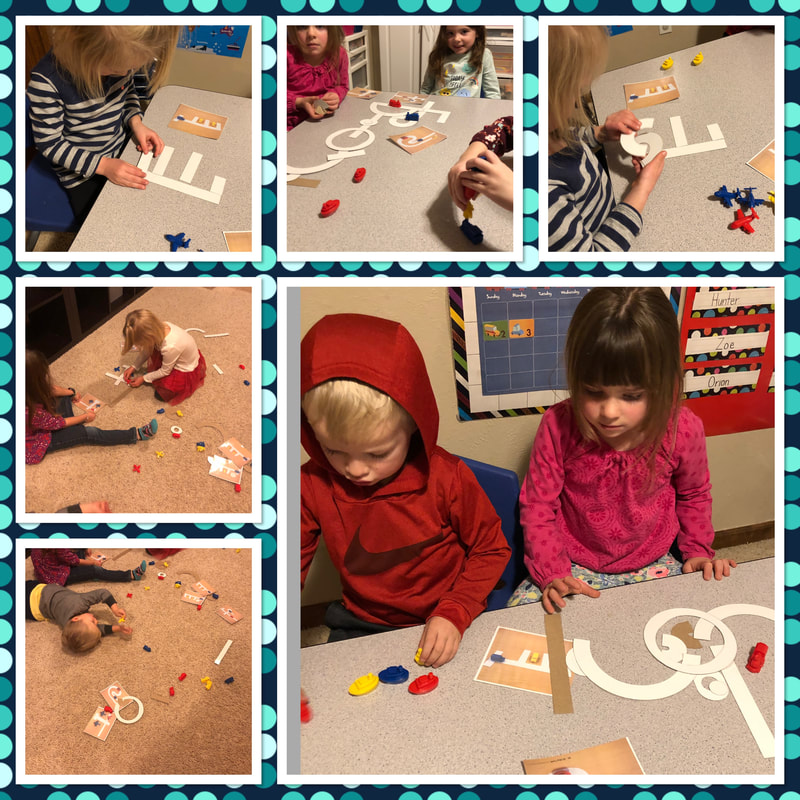
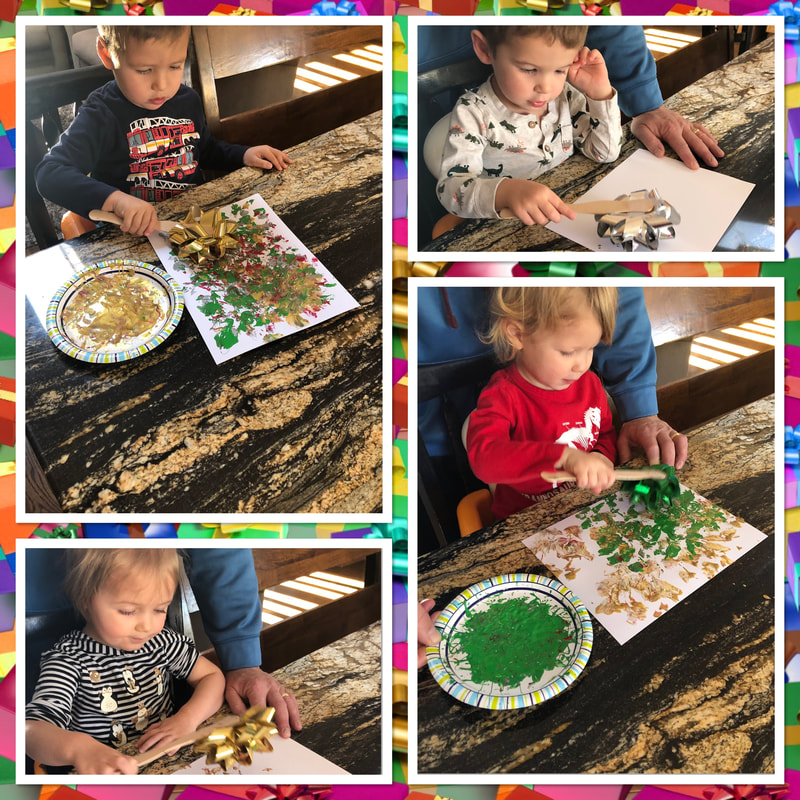
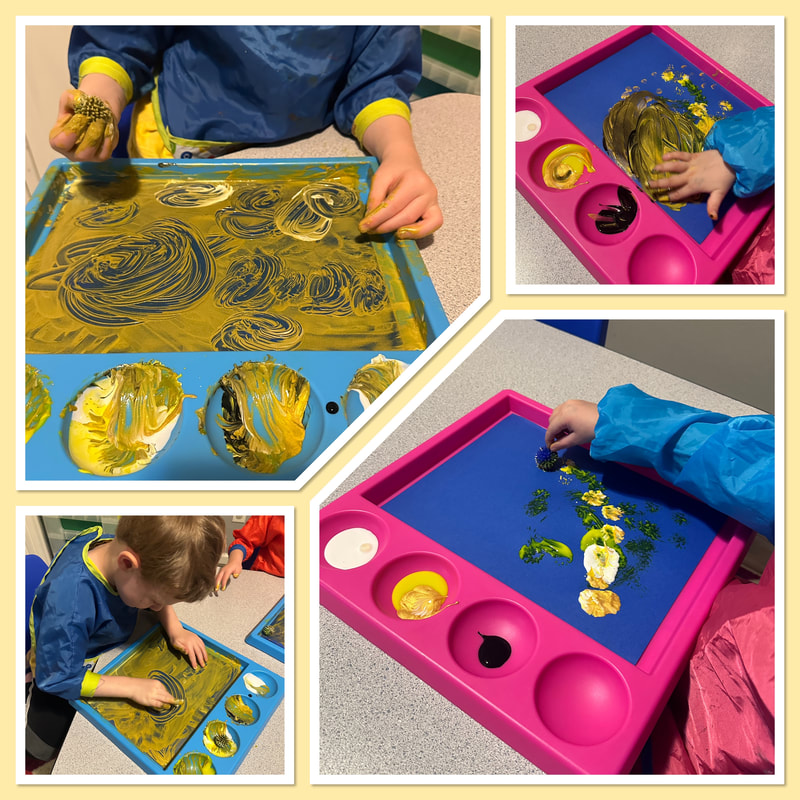
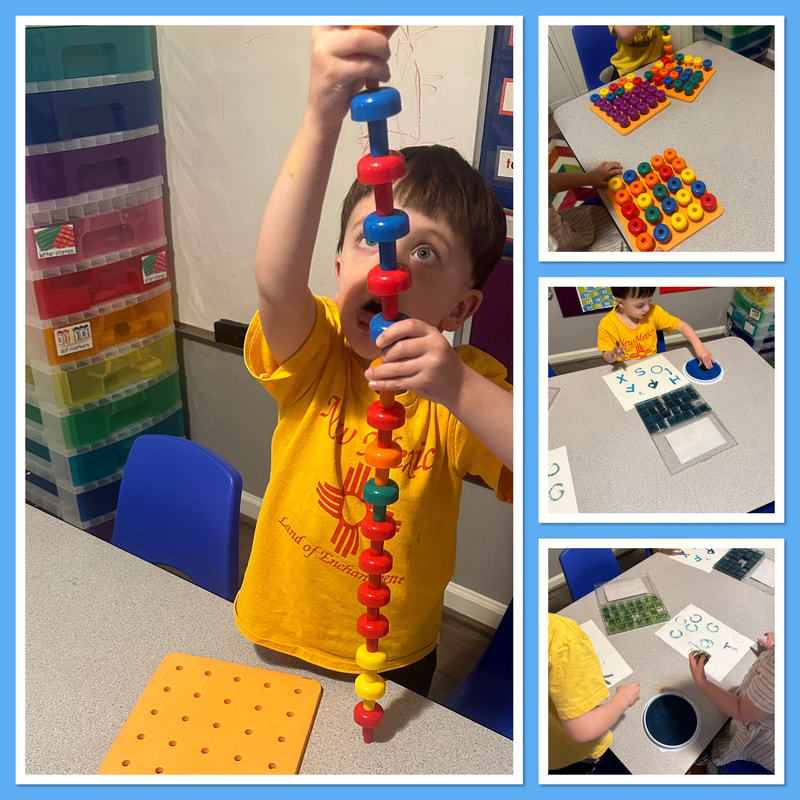
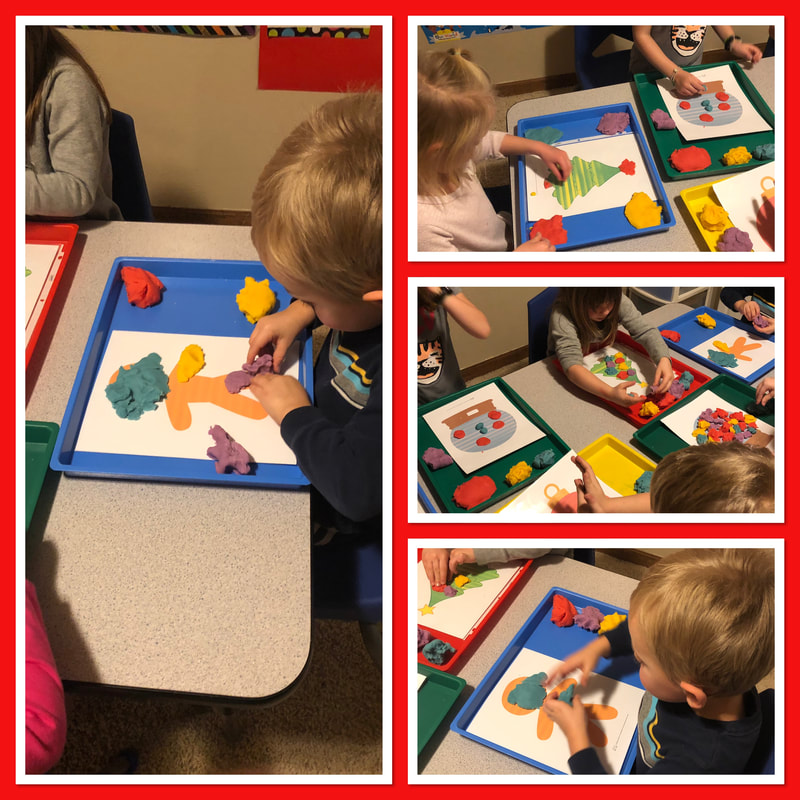
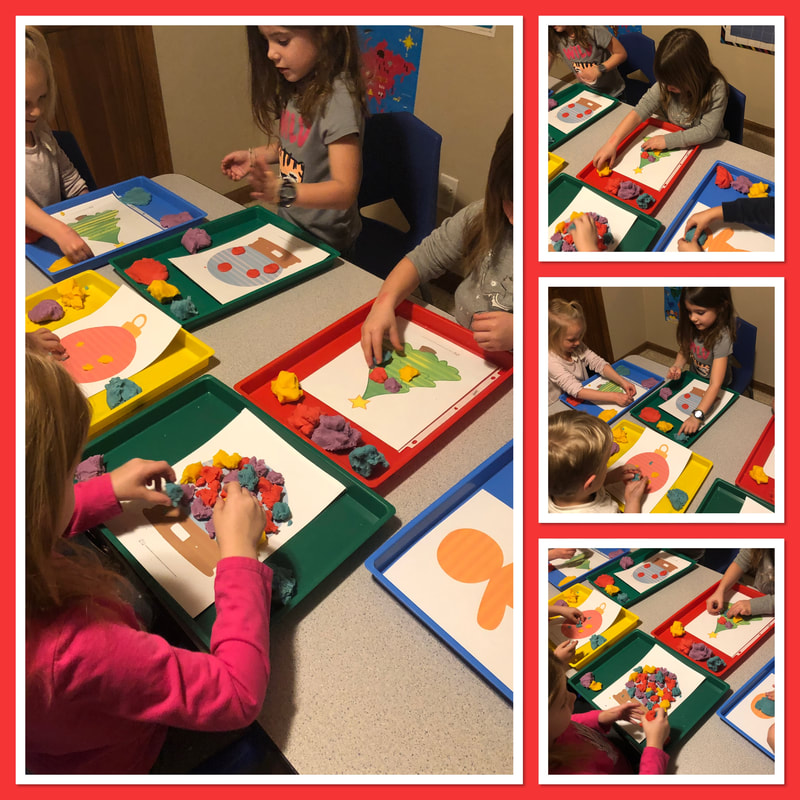
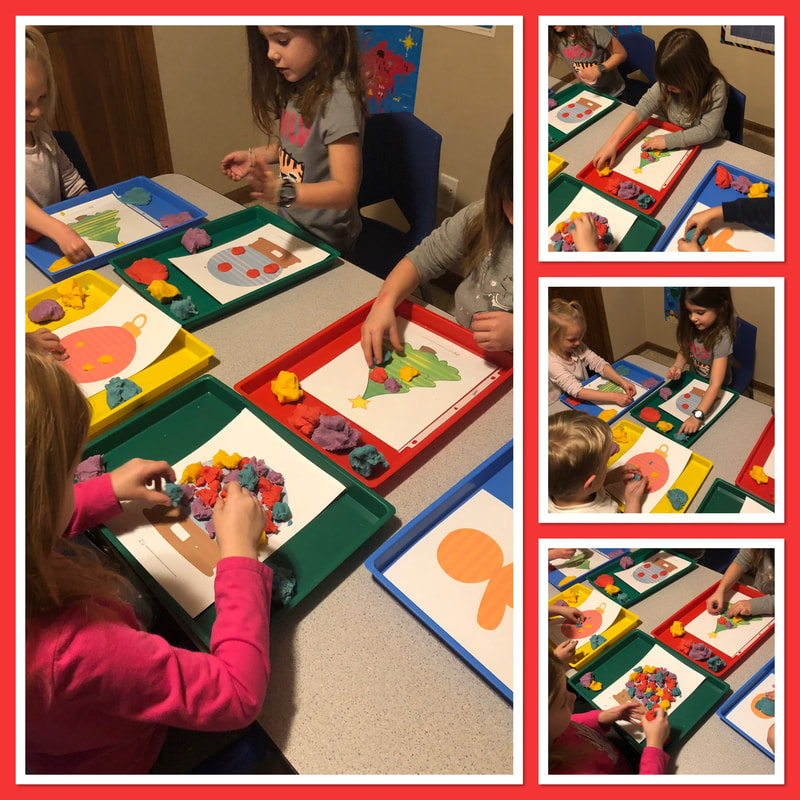
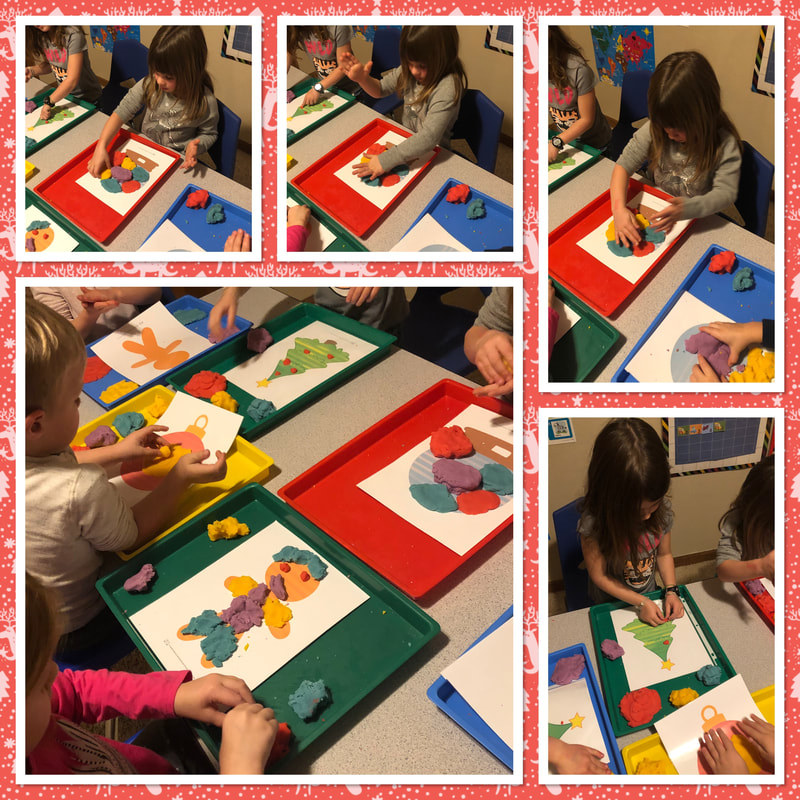
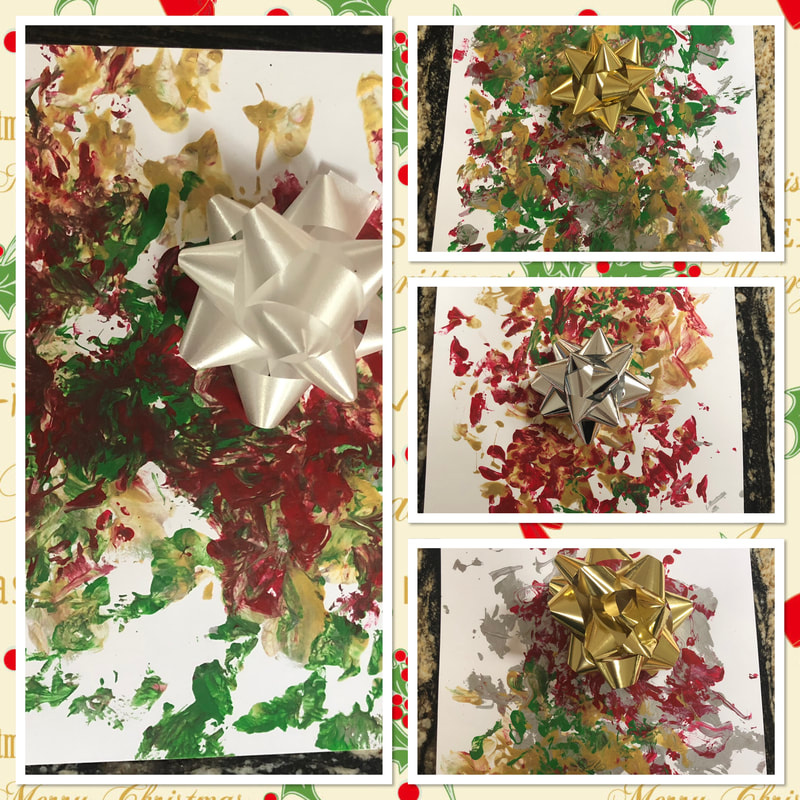
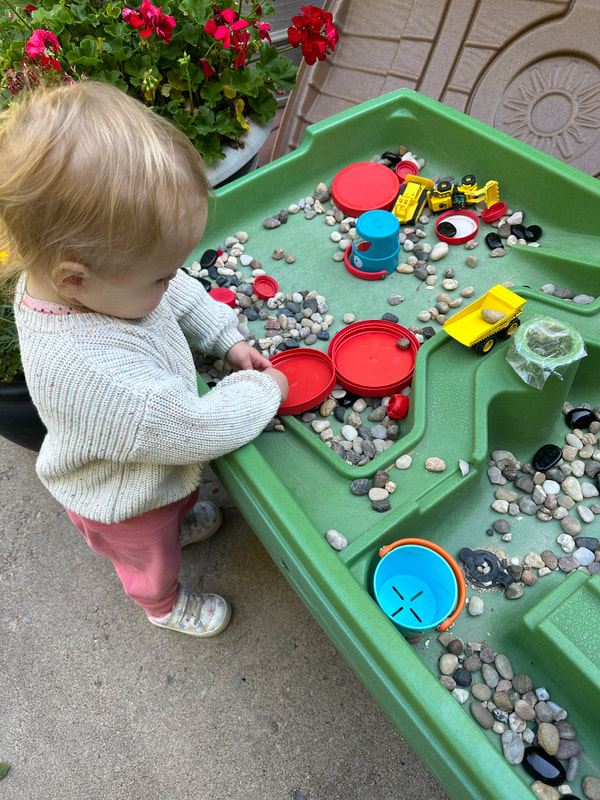
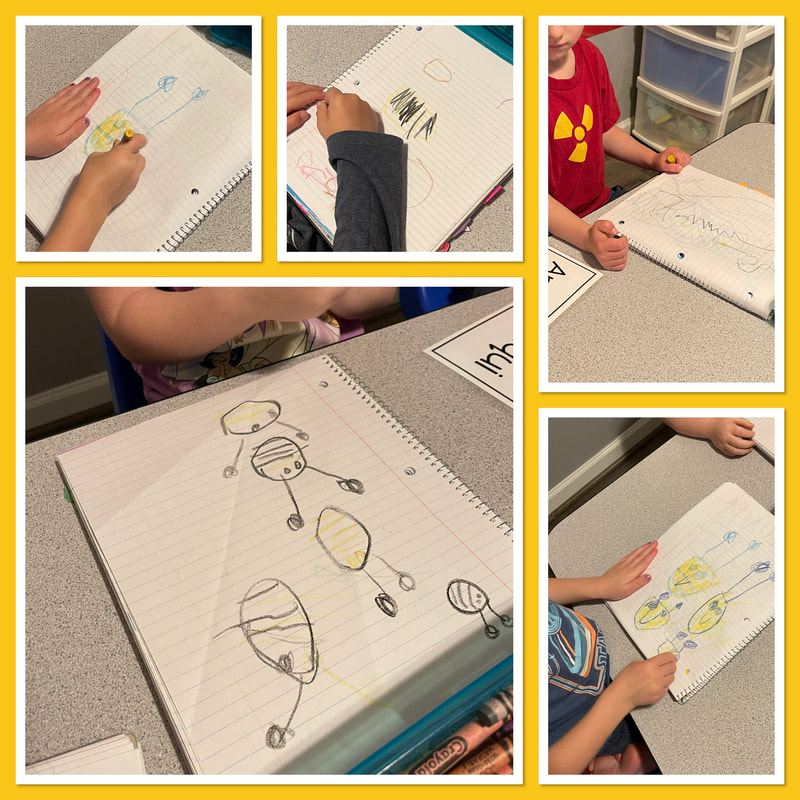
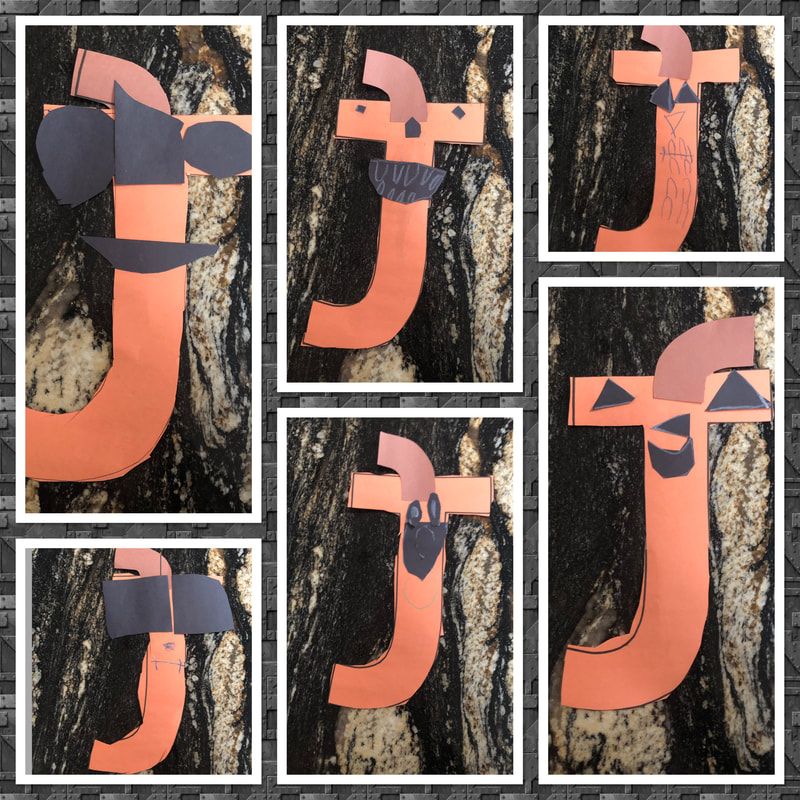
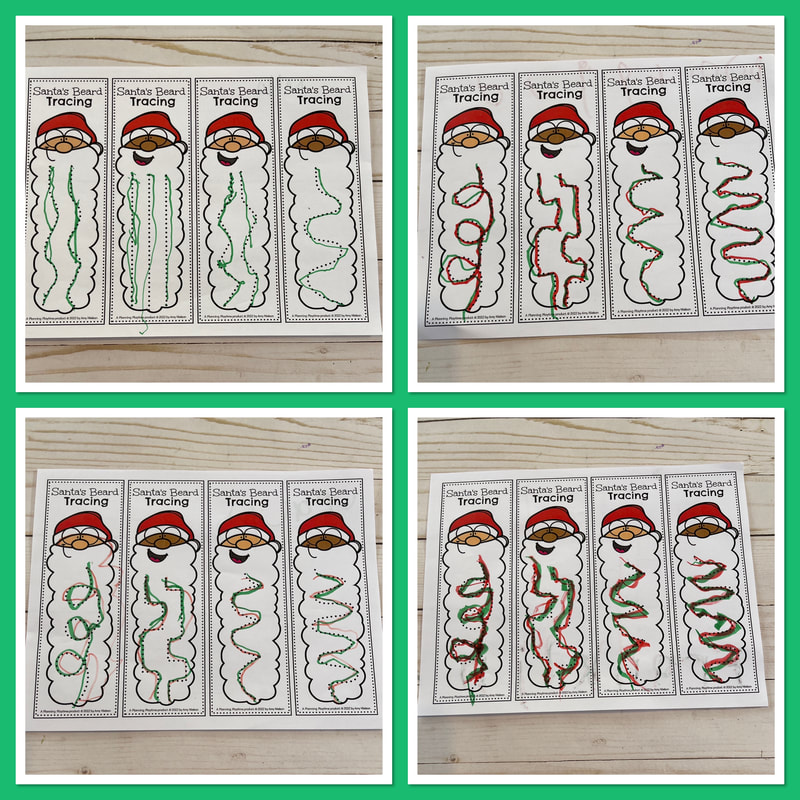
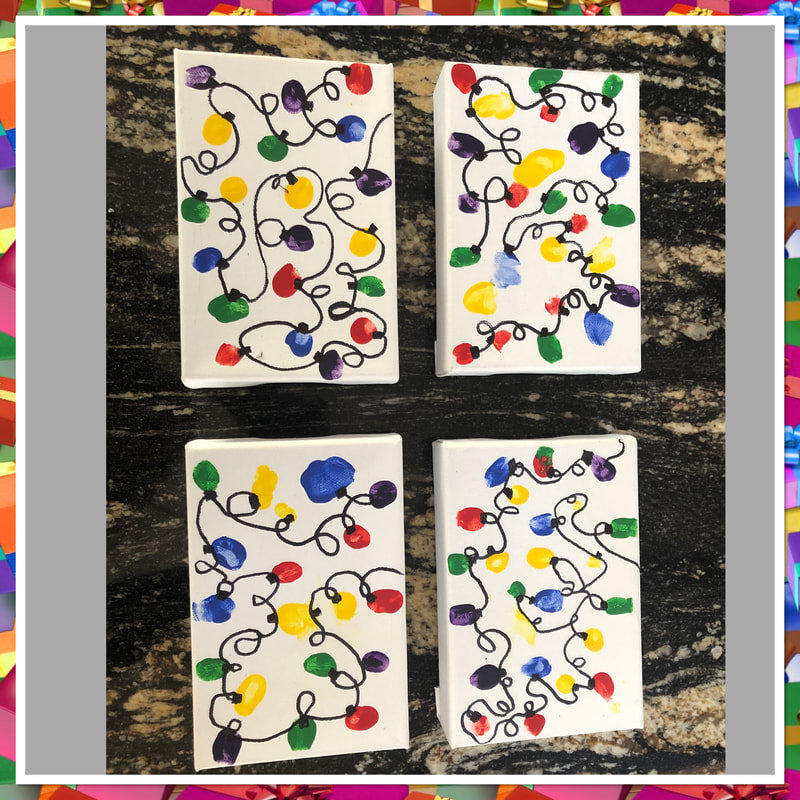
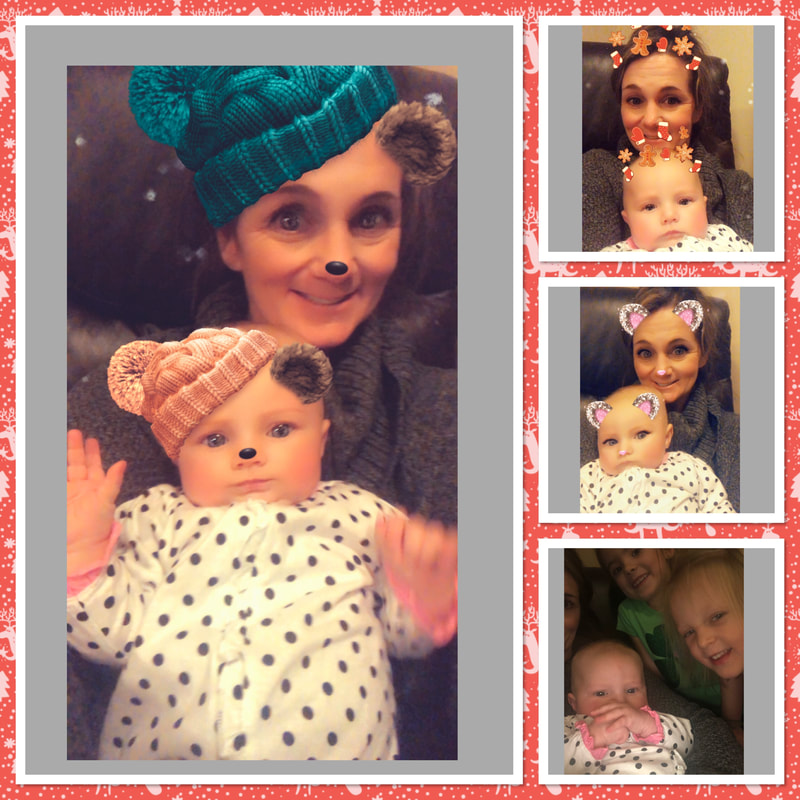
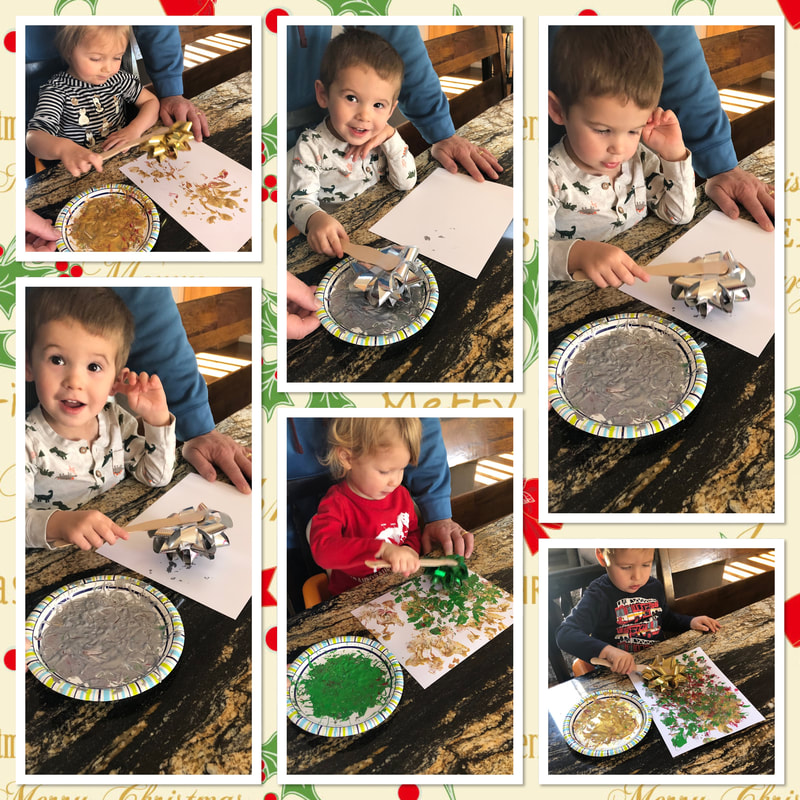
 RSS Feed
RSS Feed